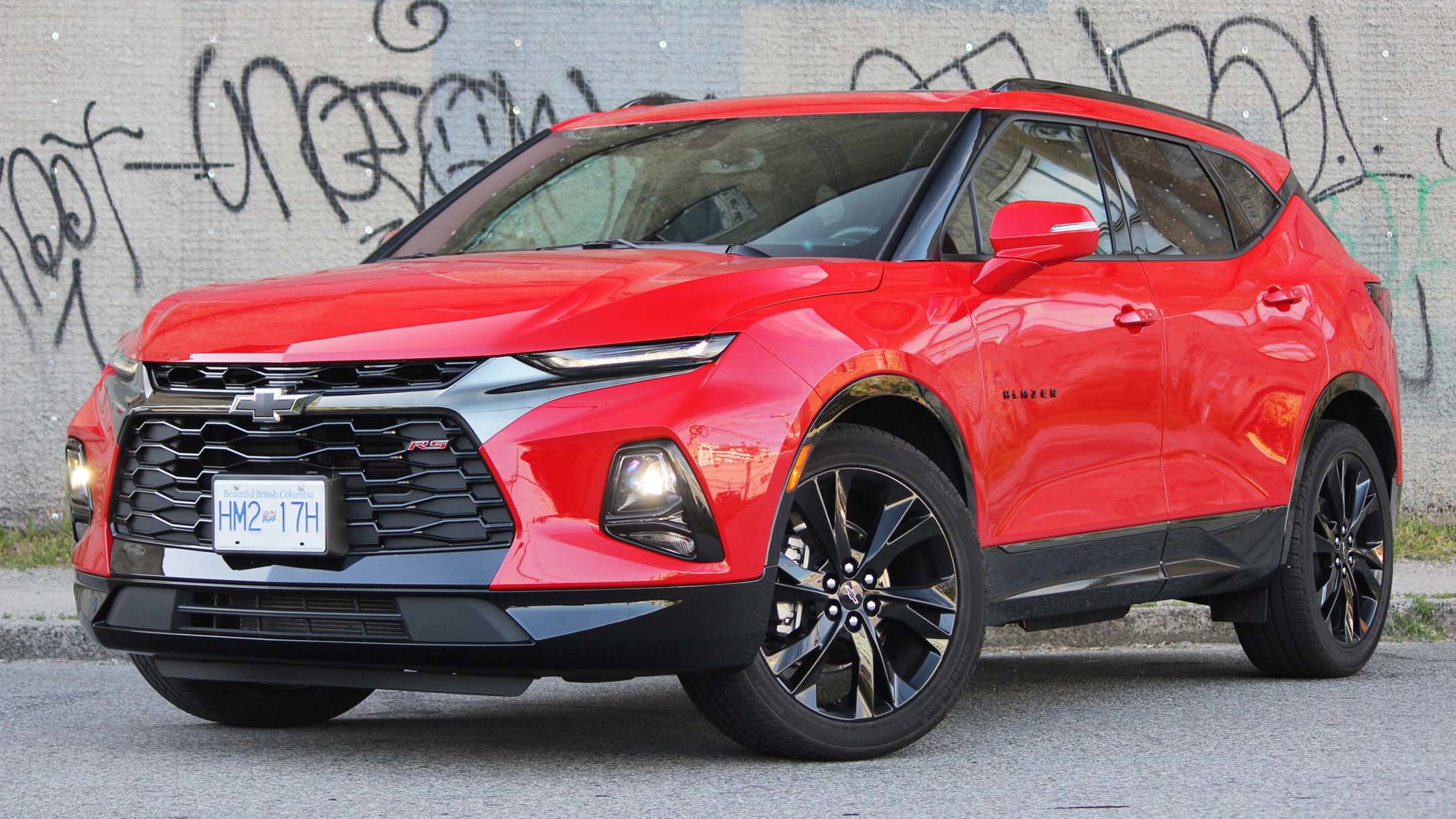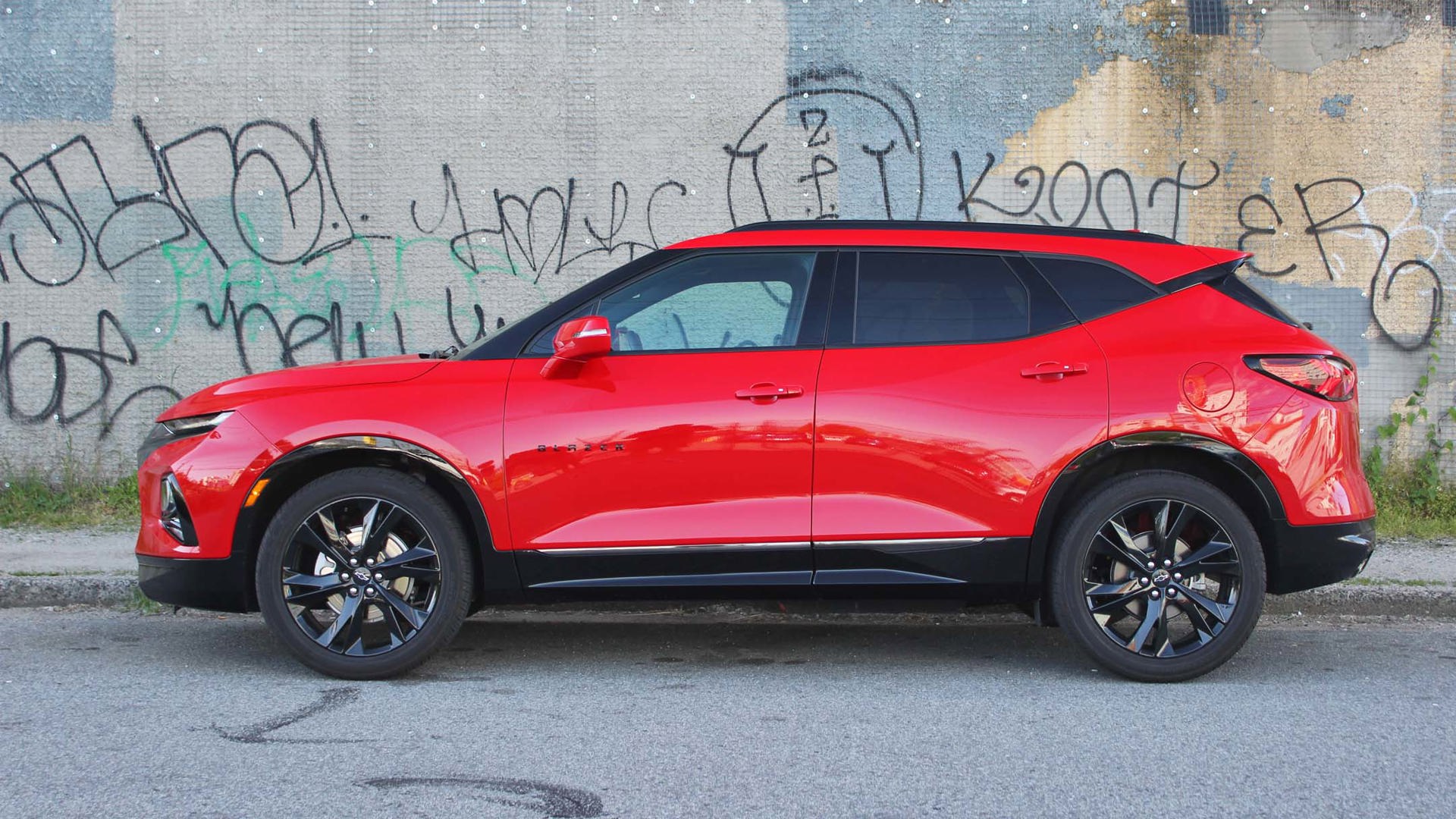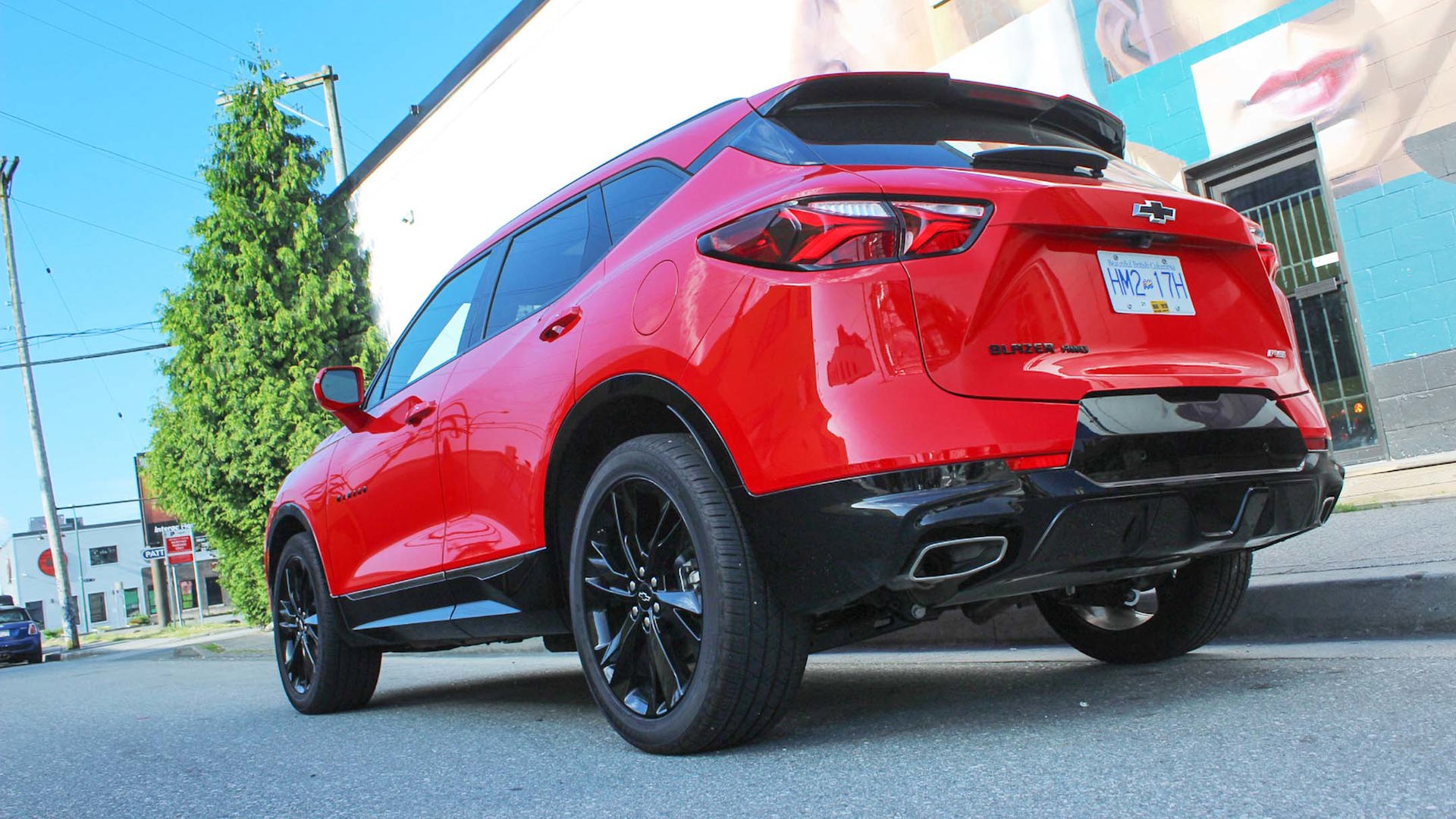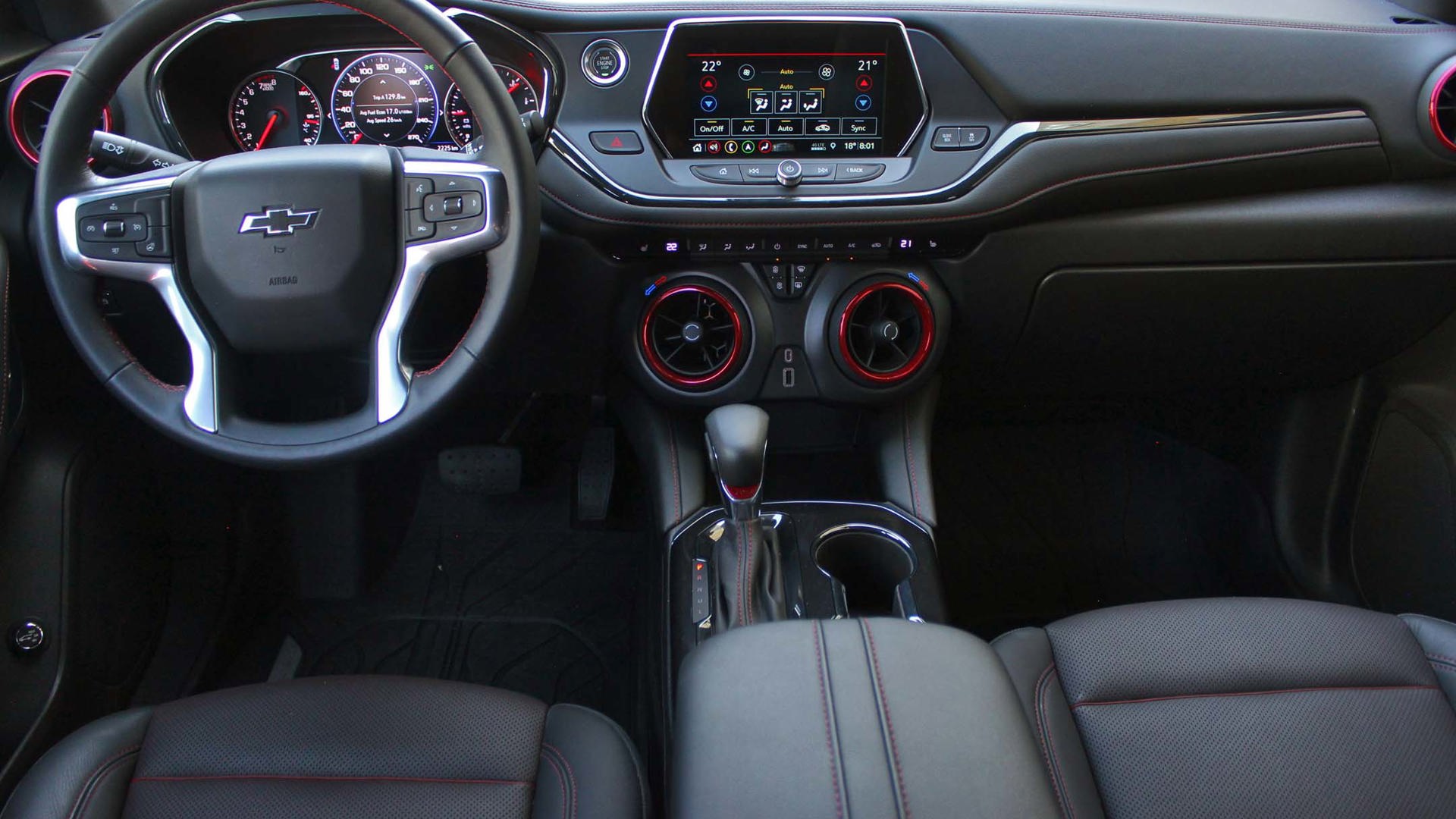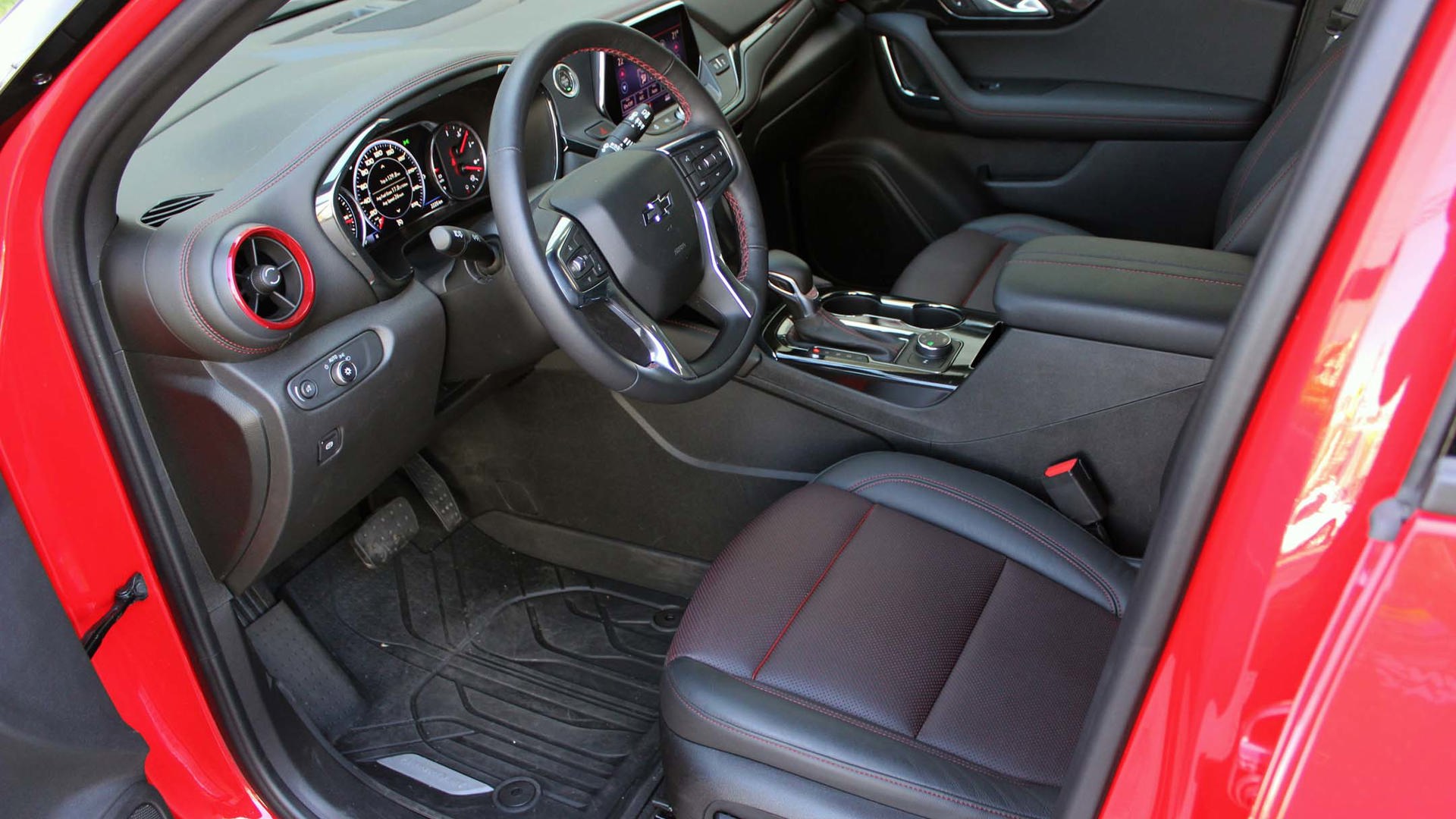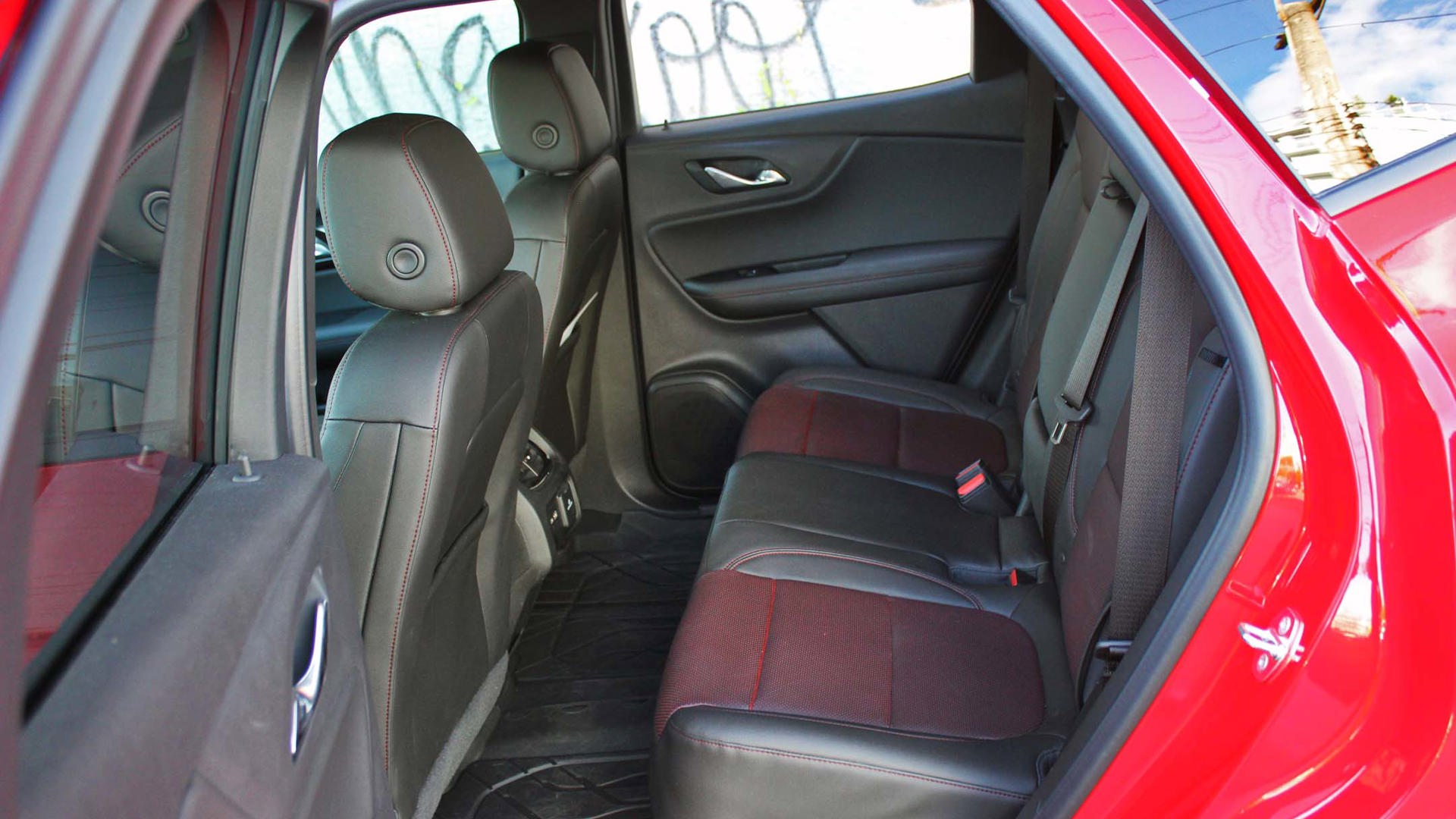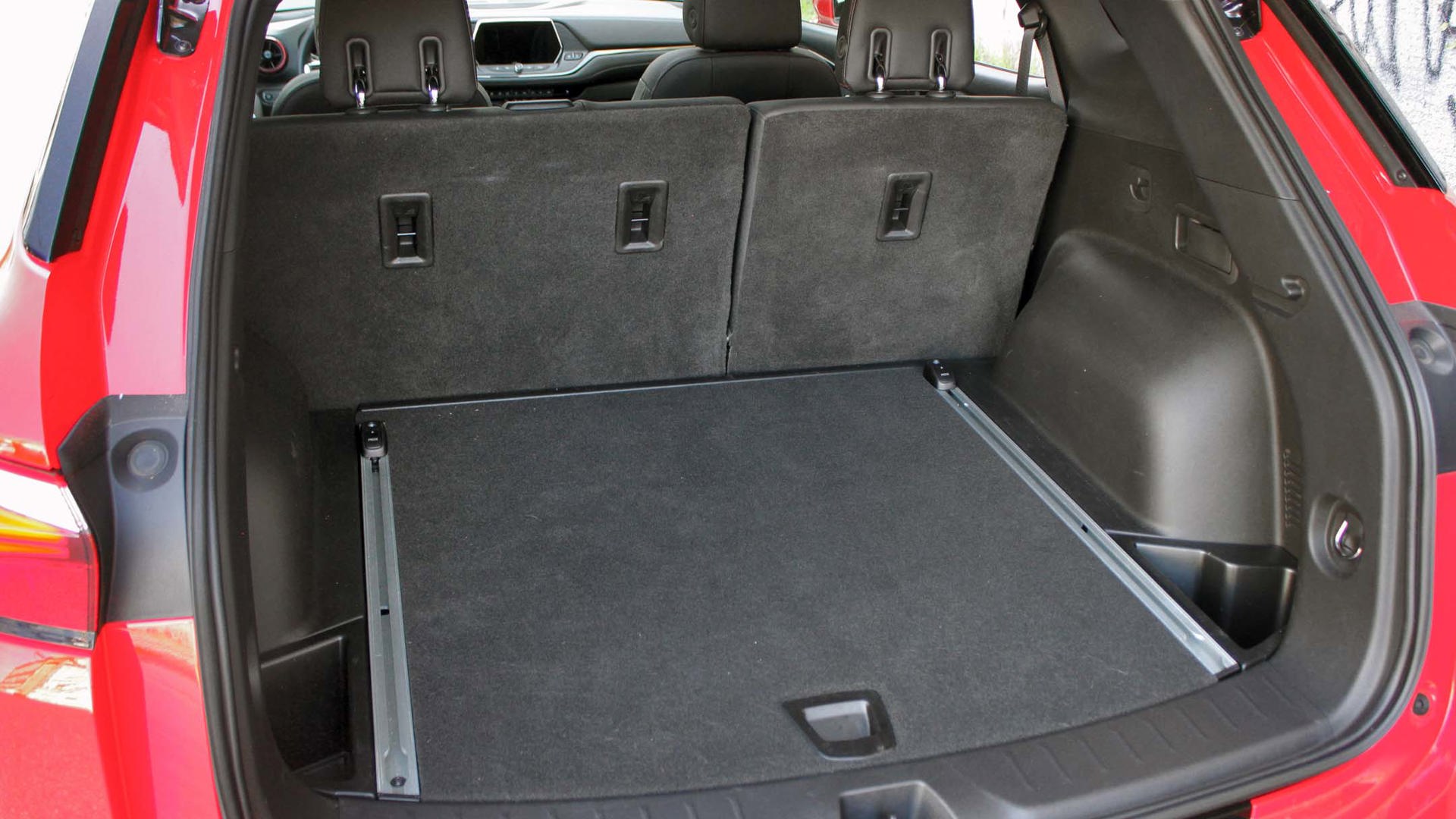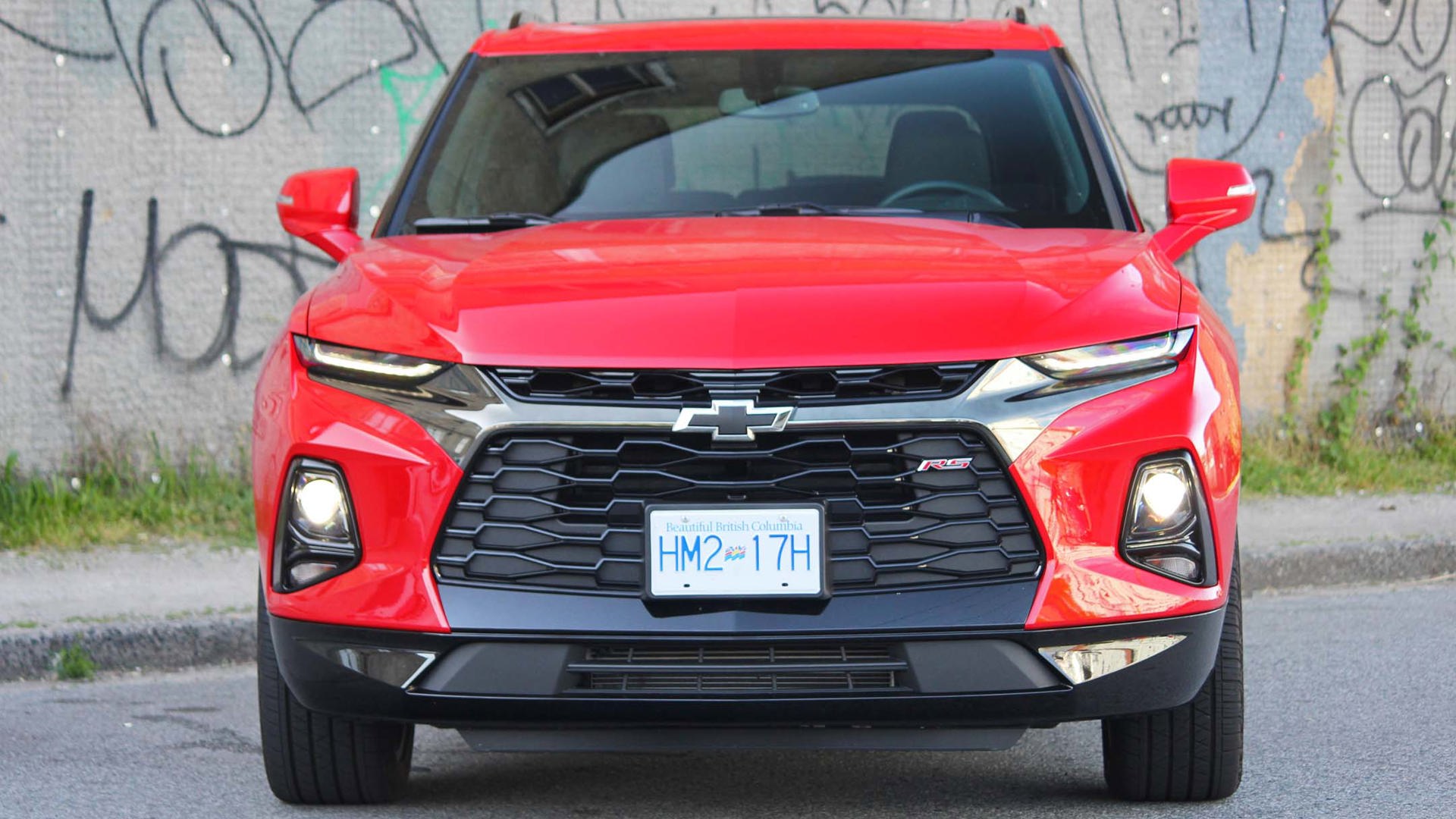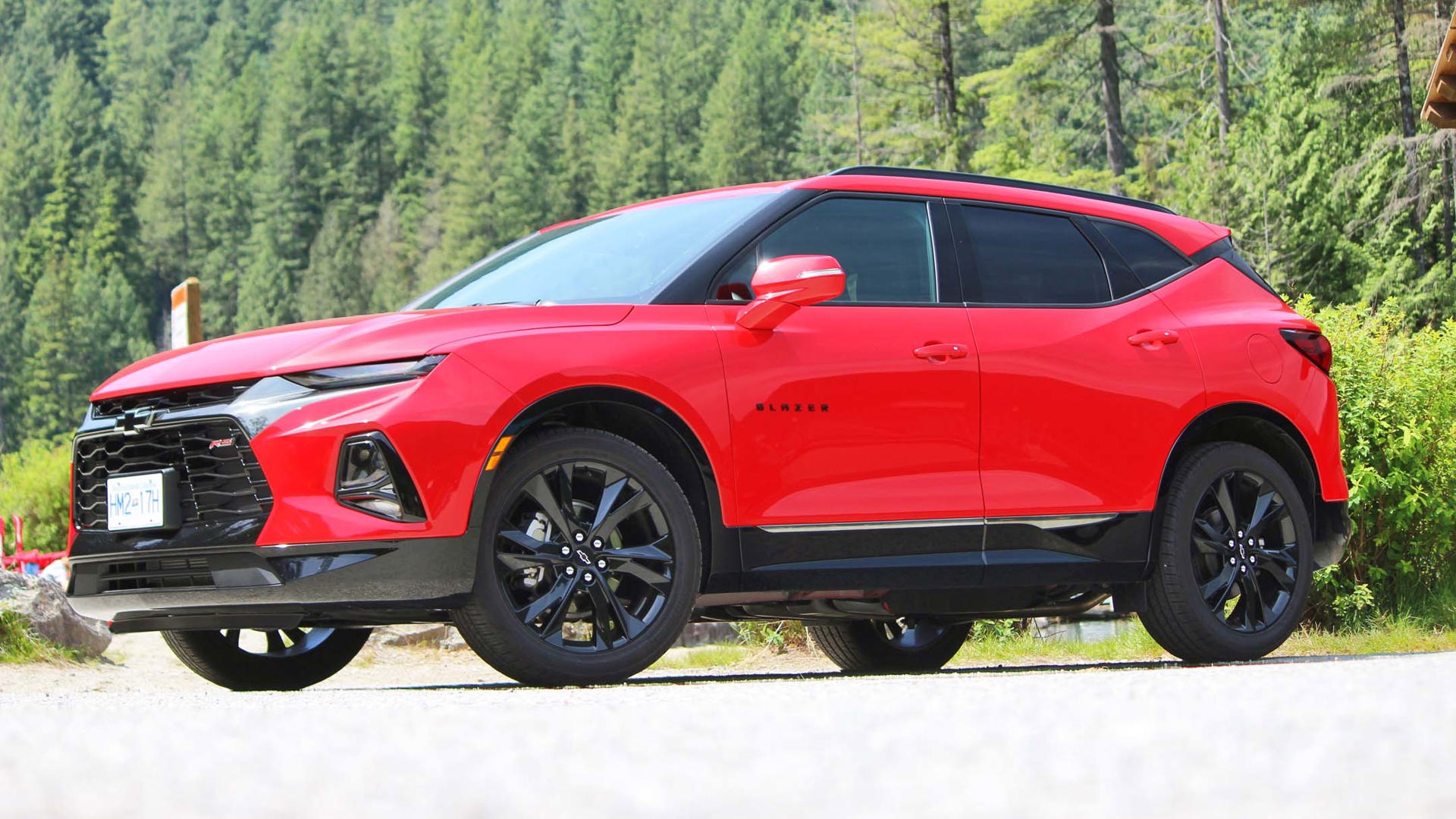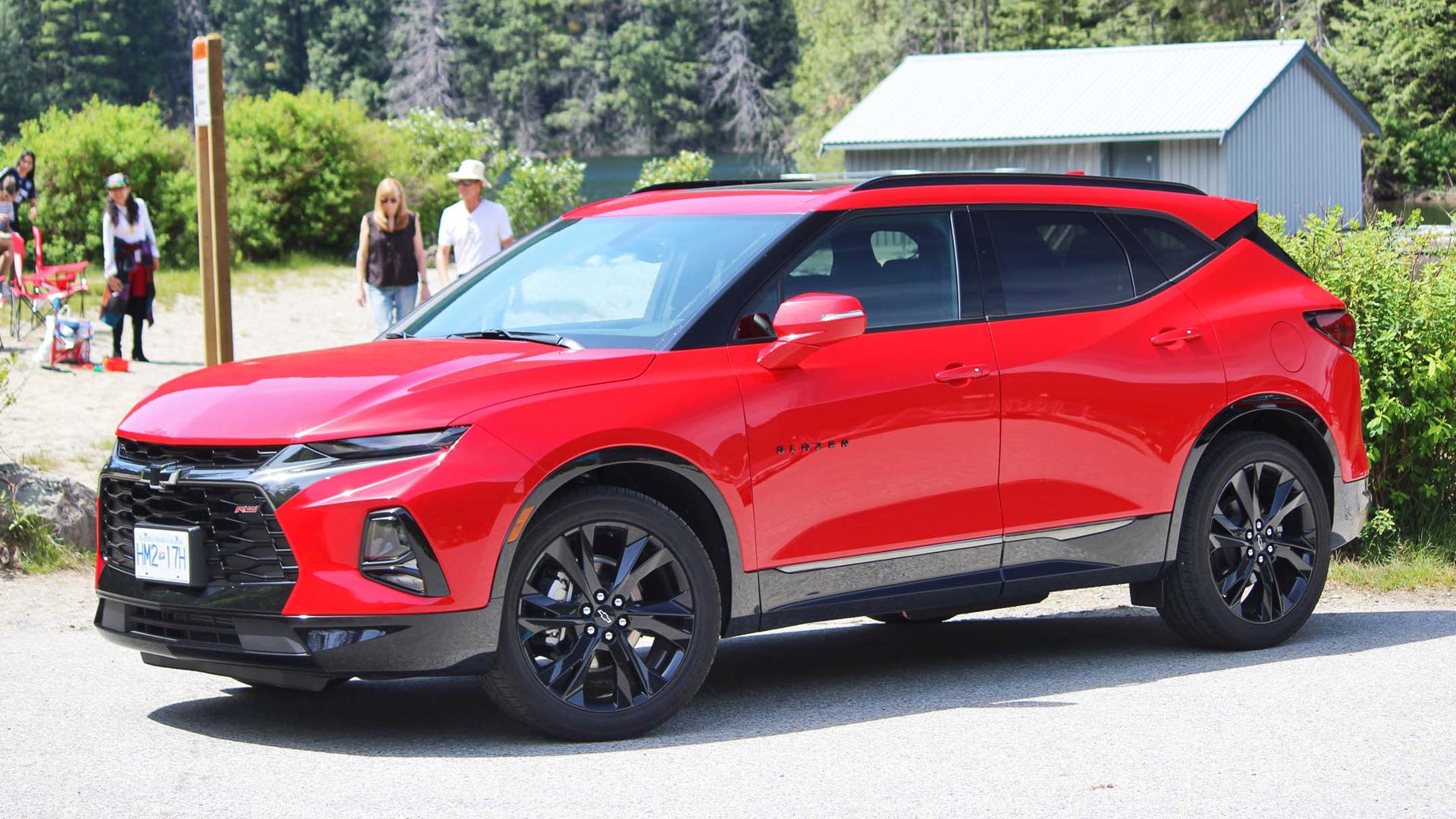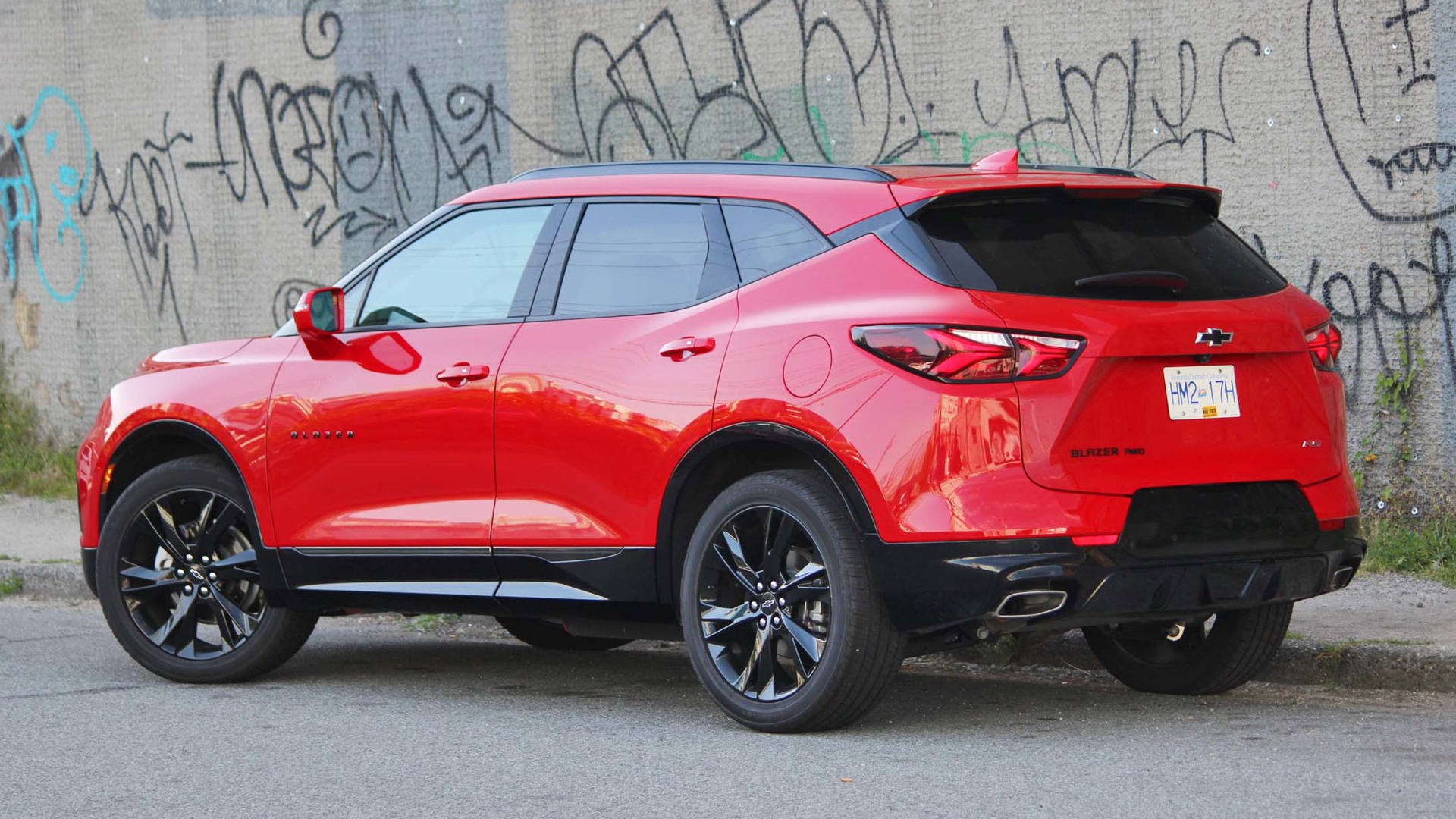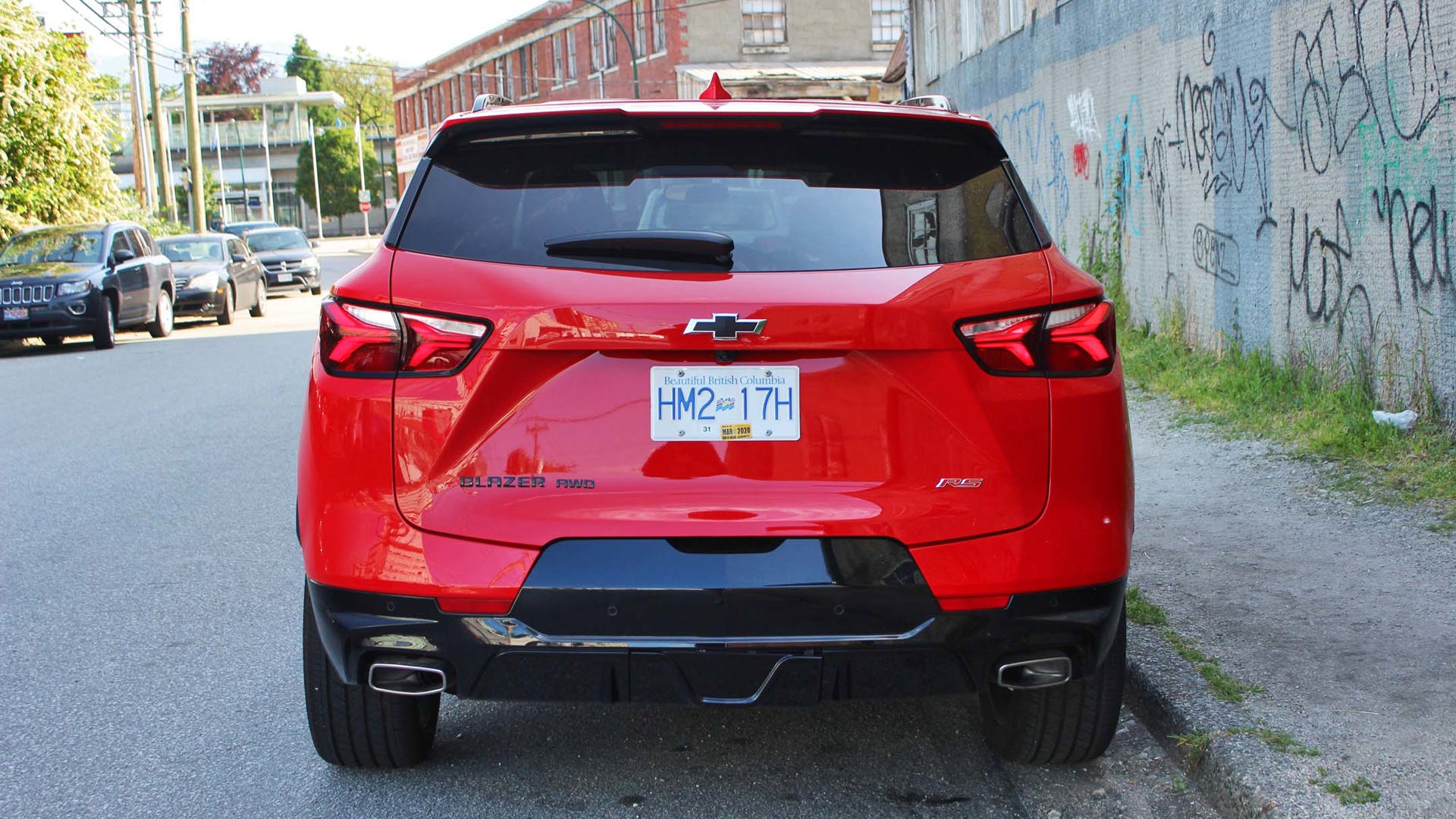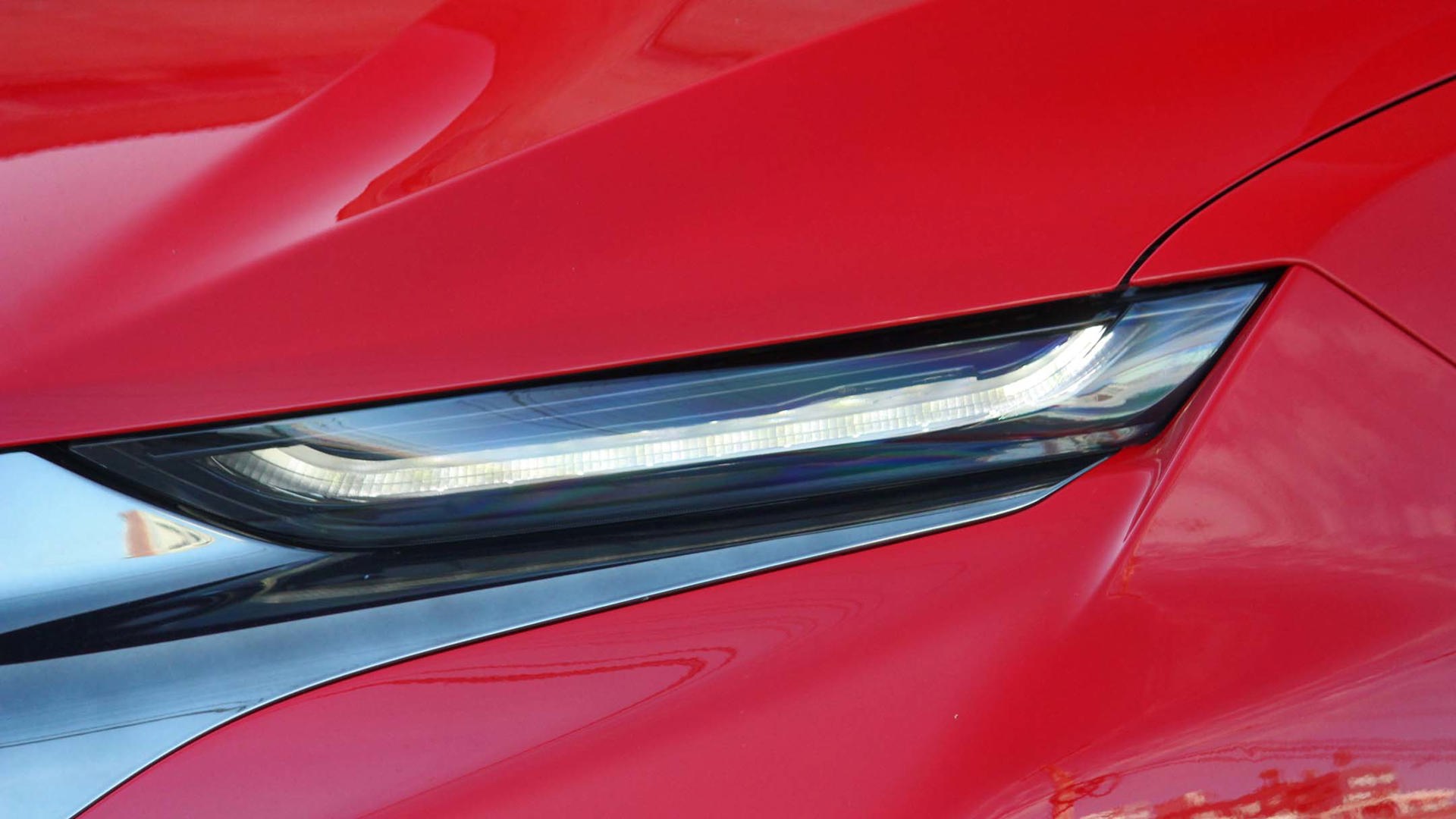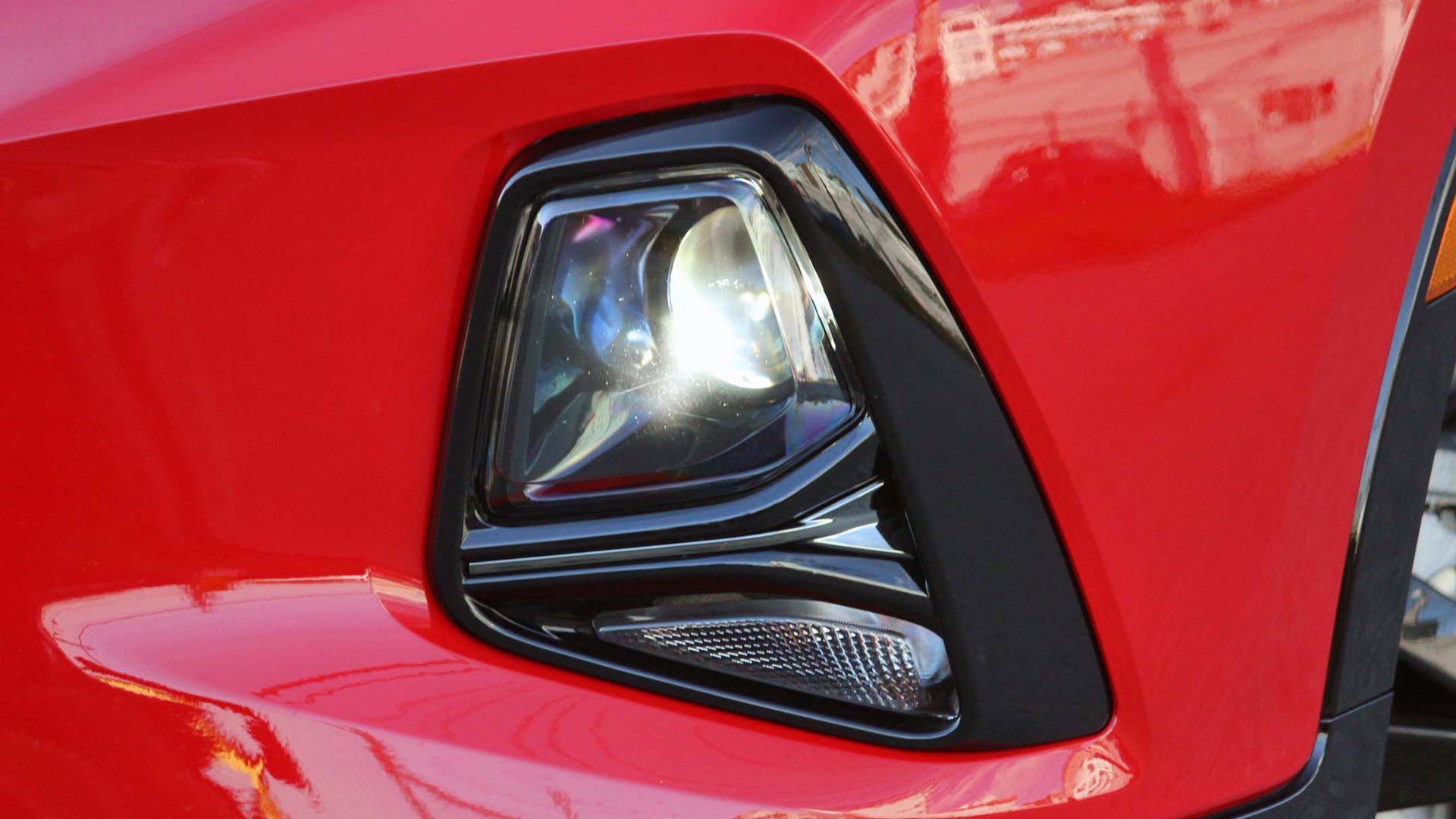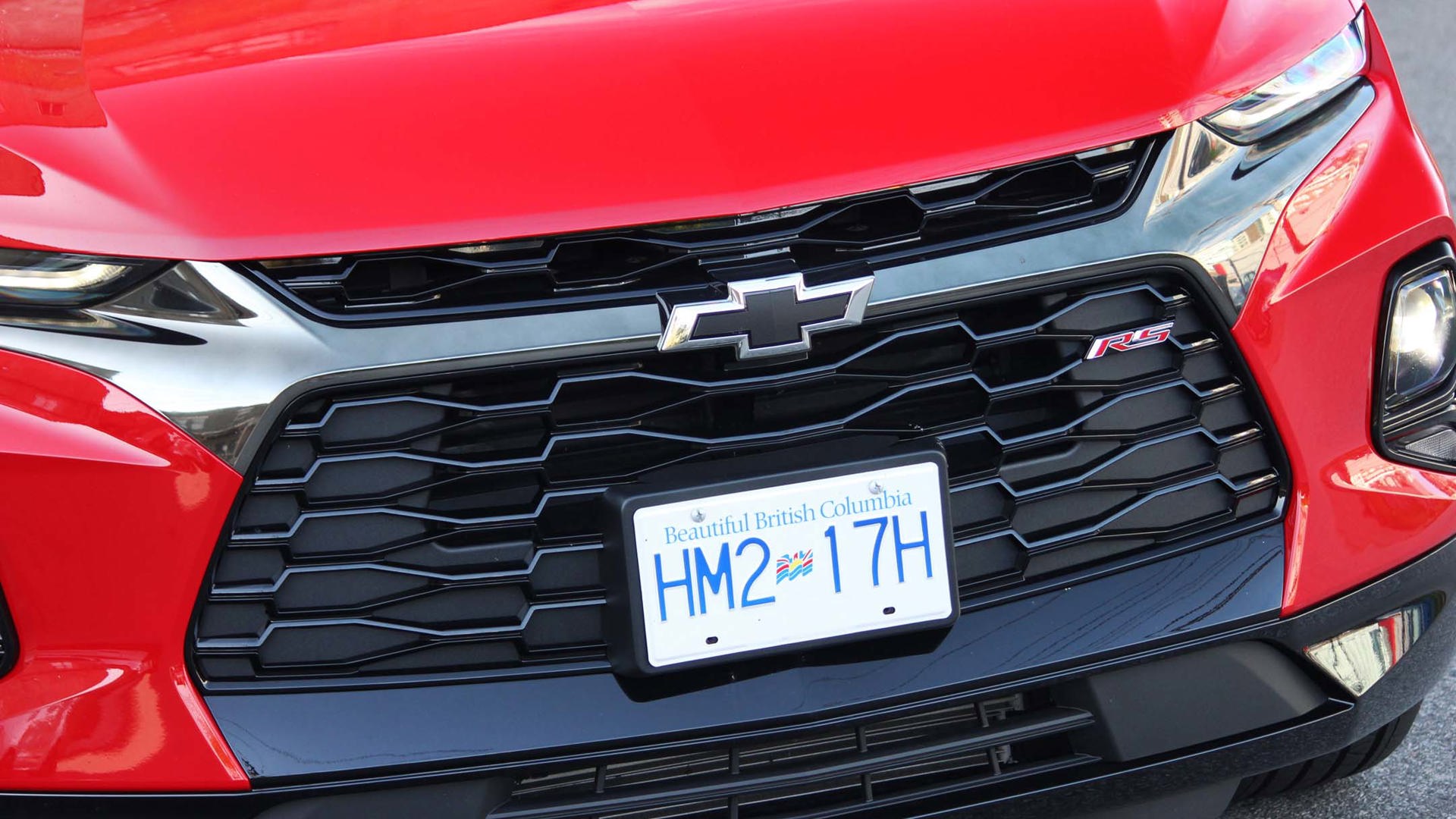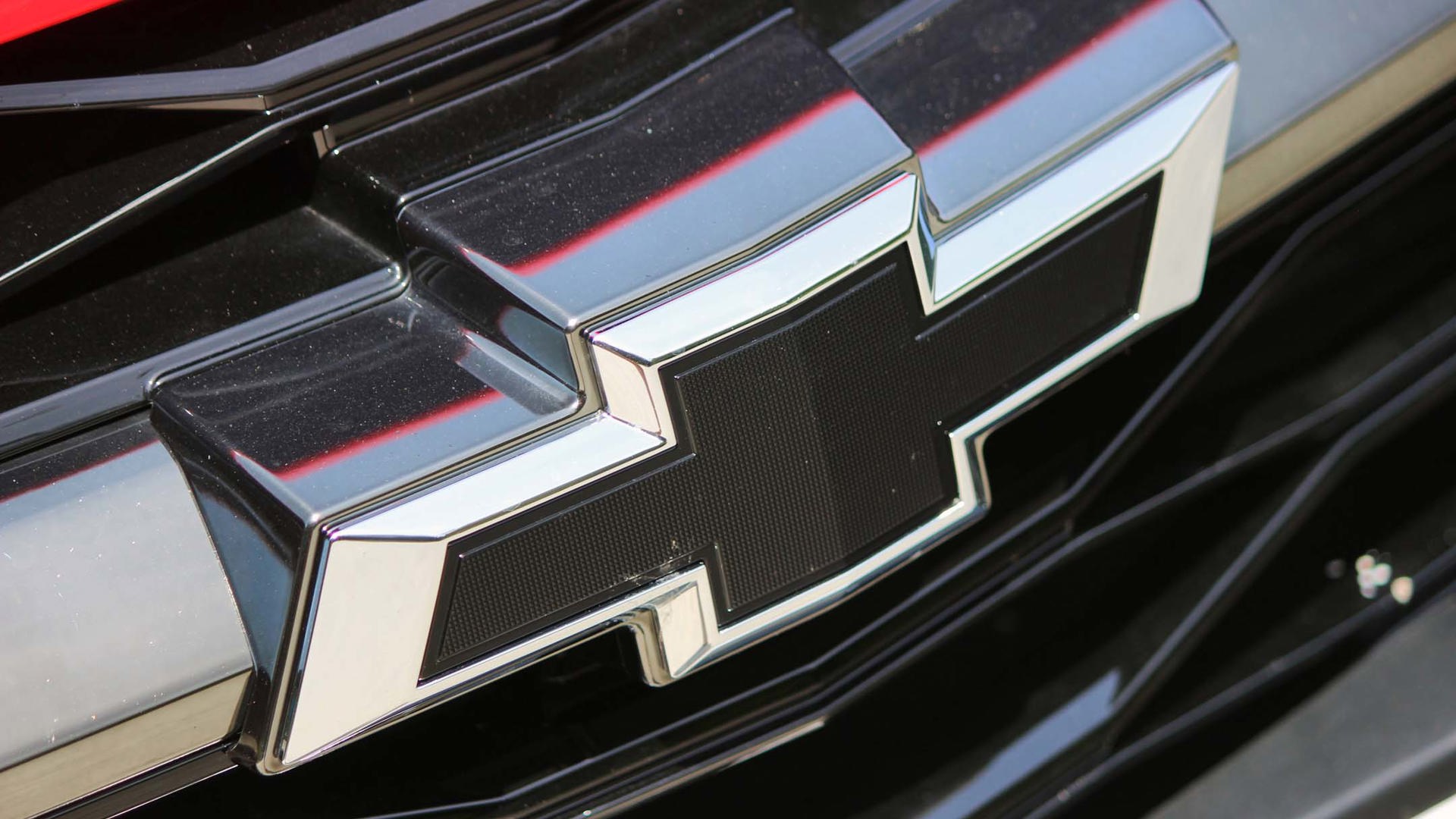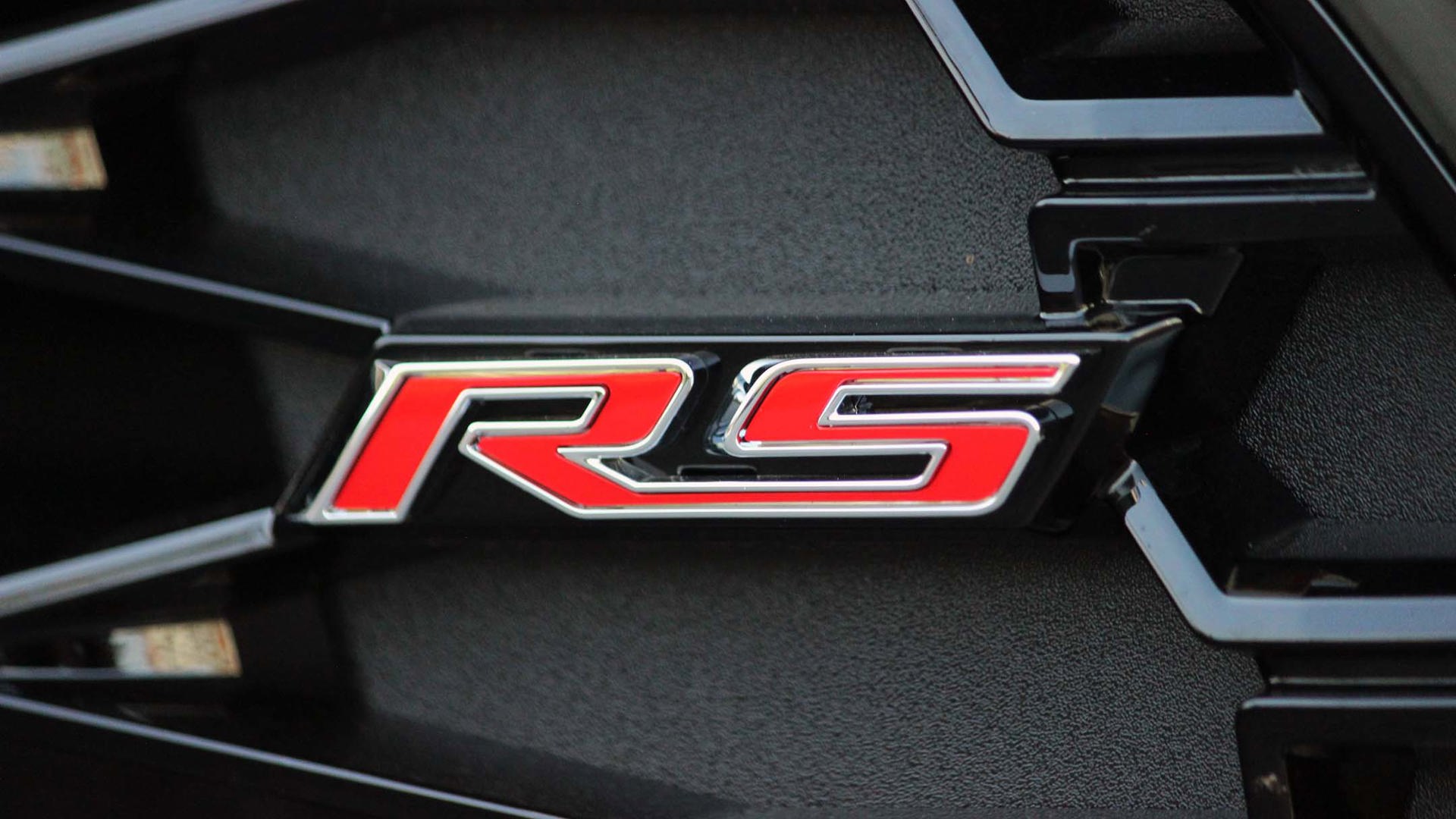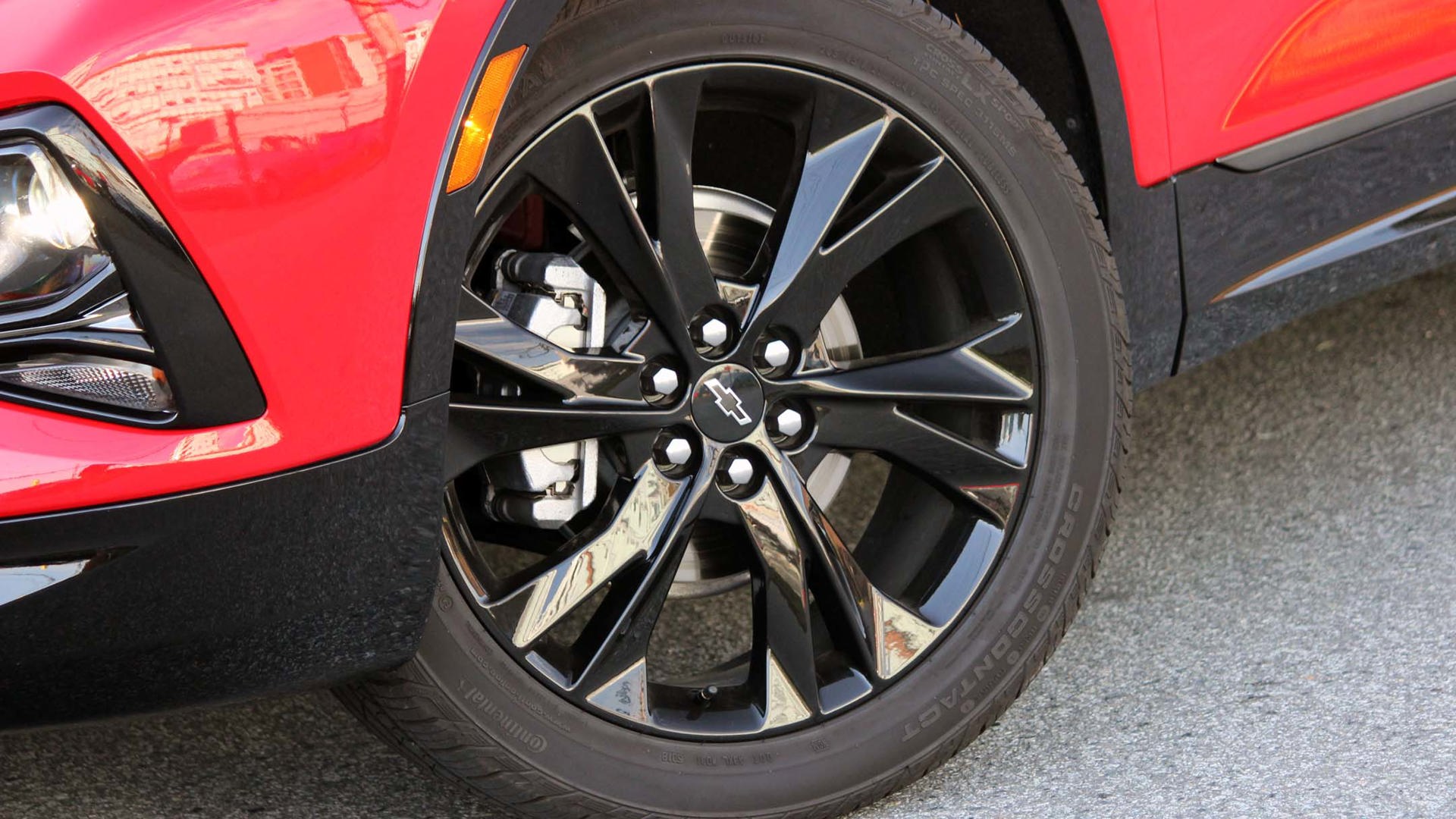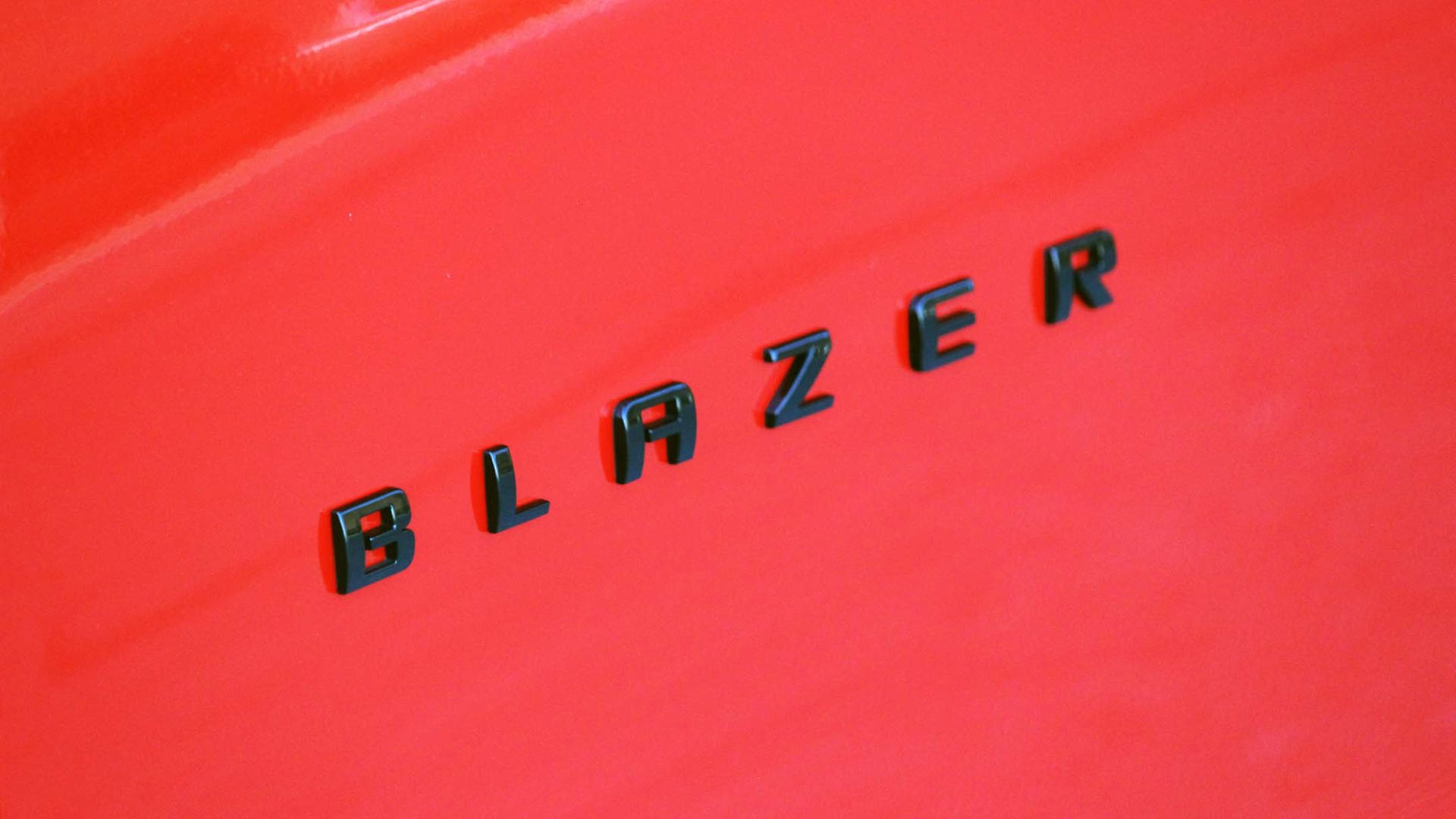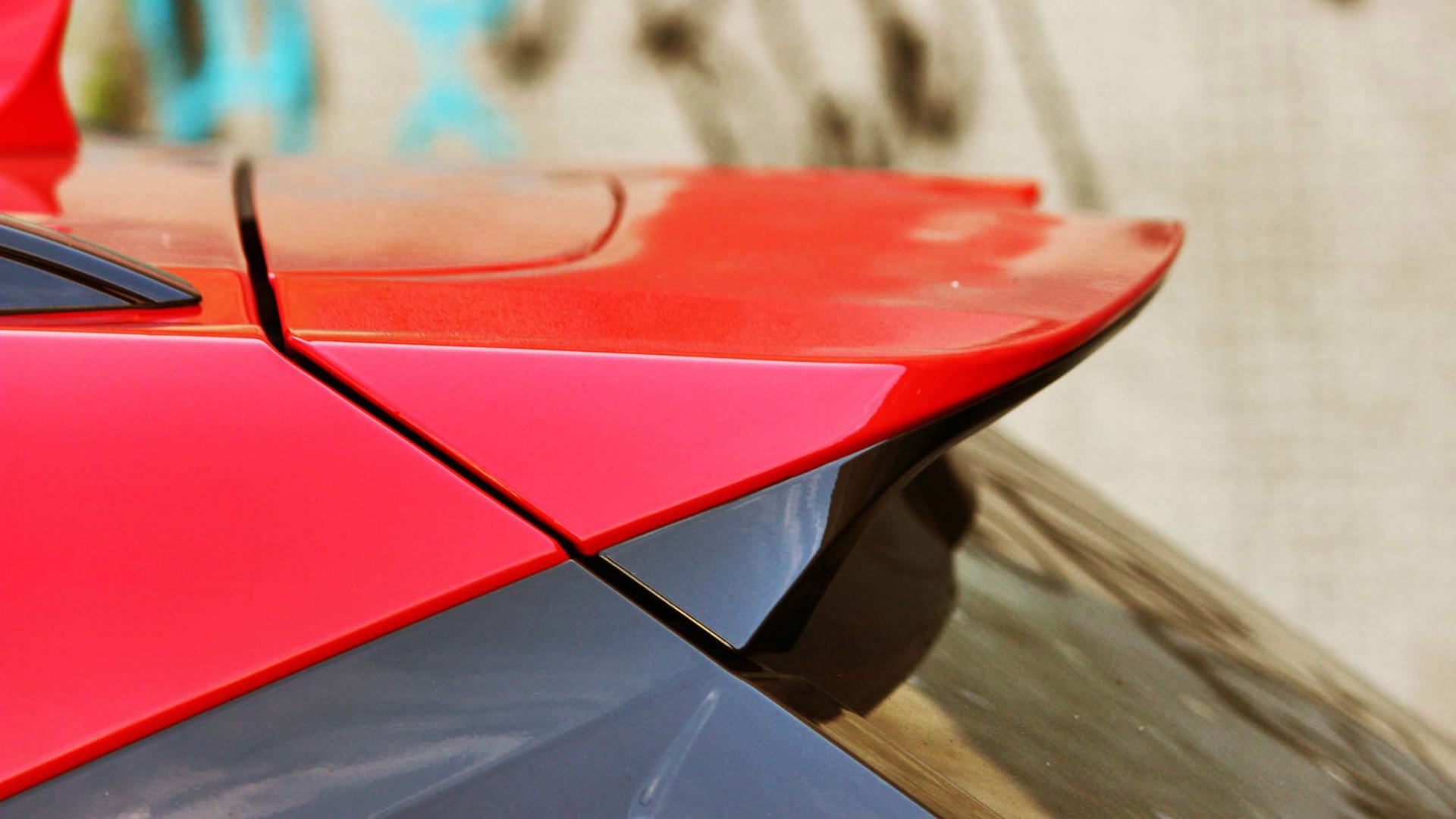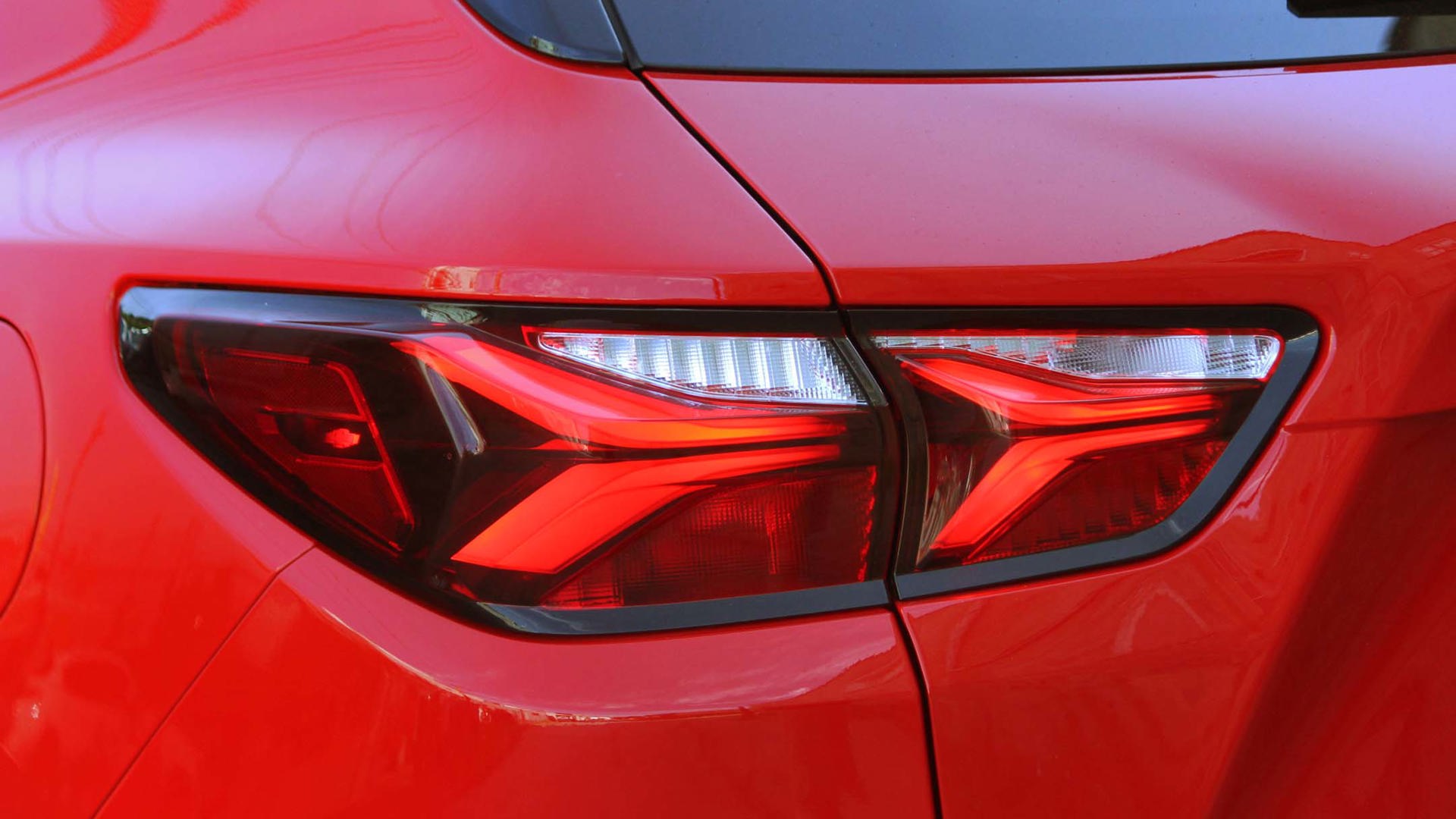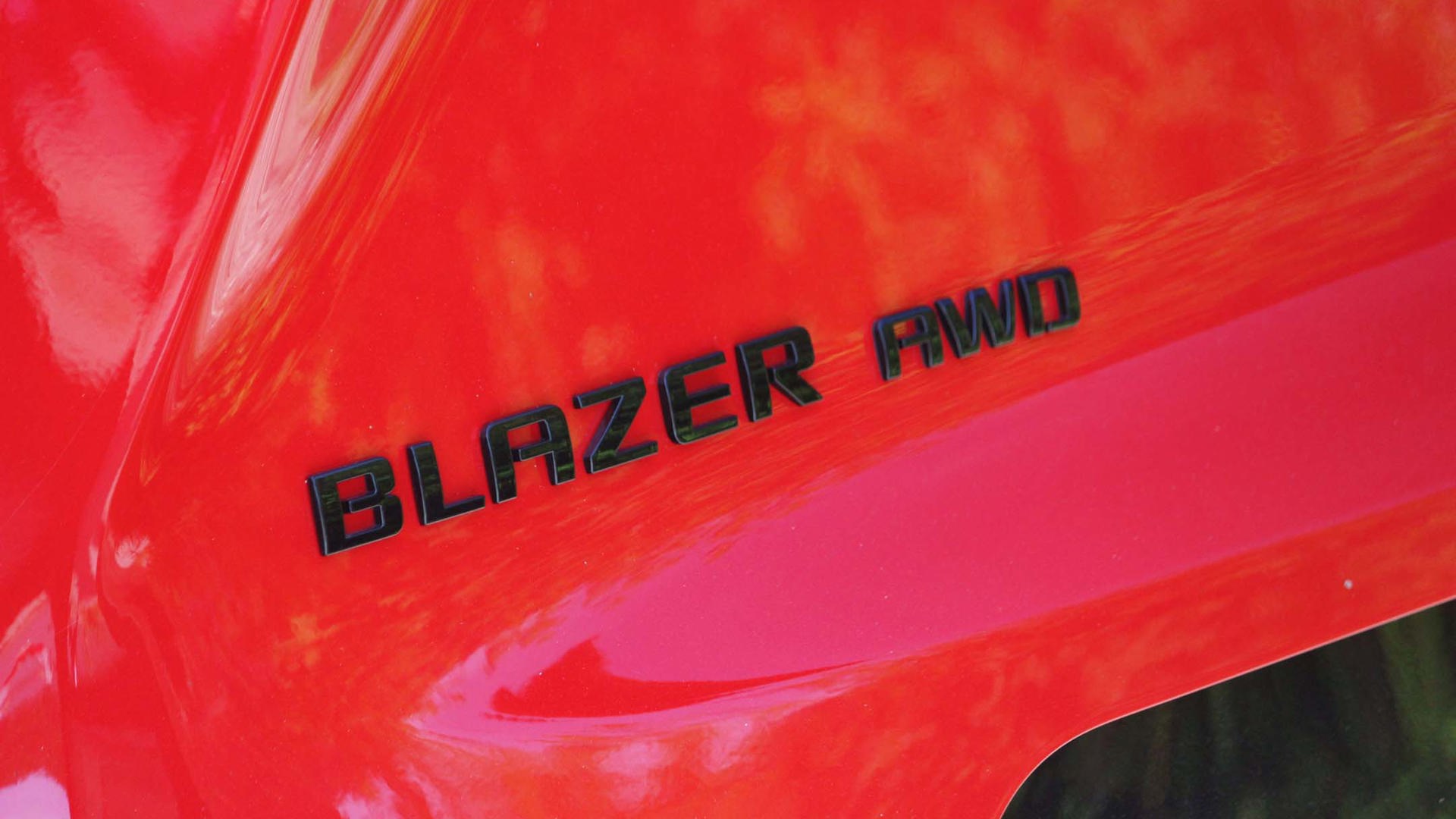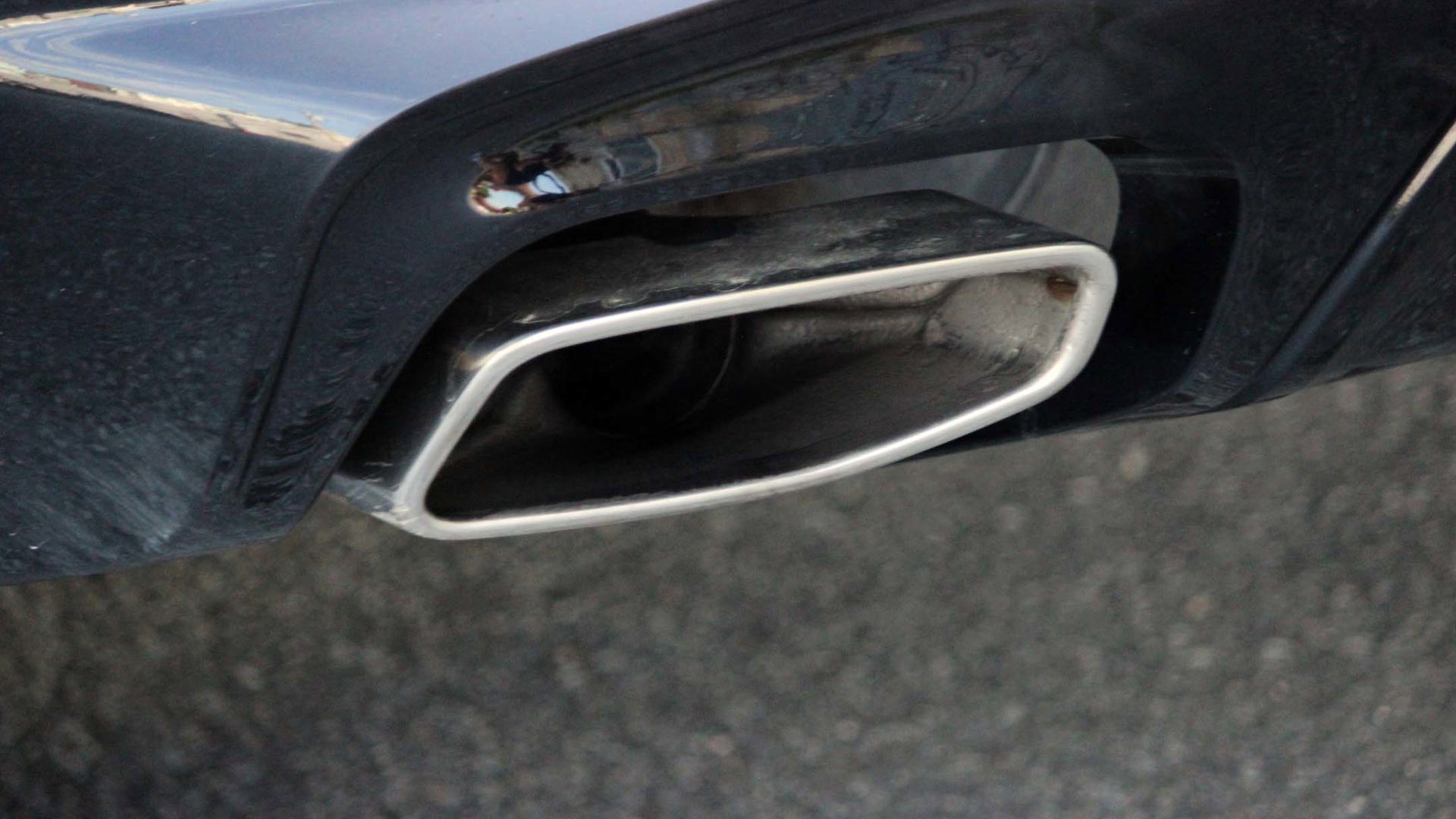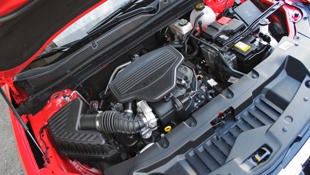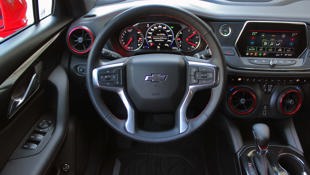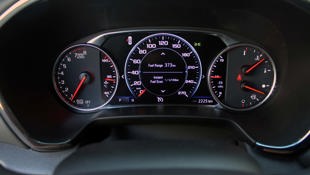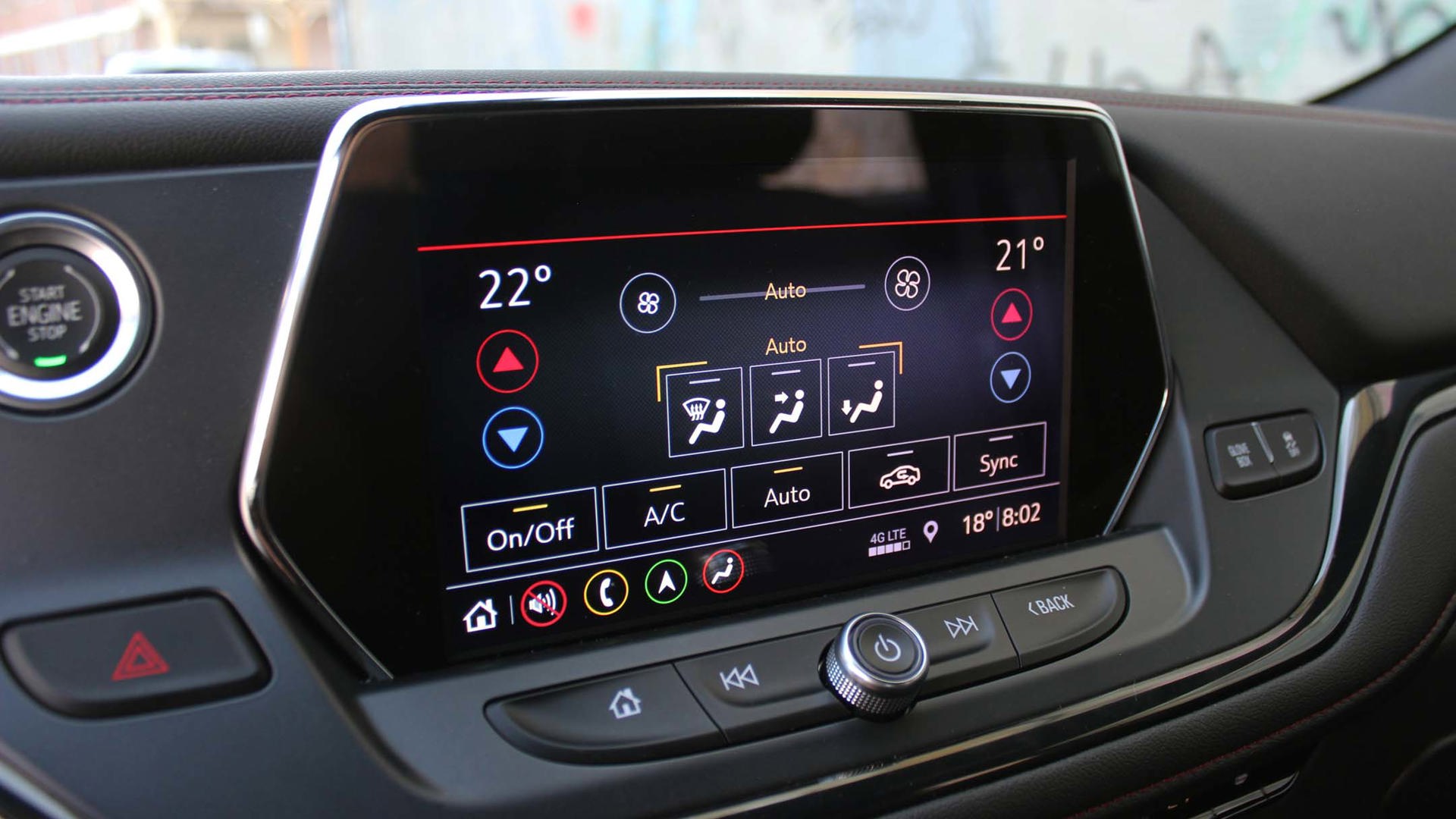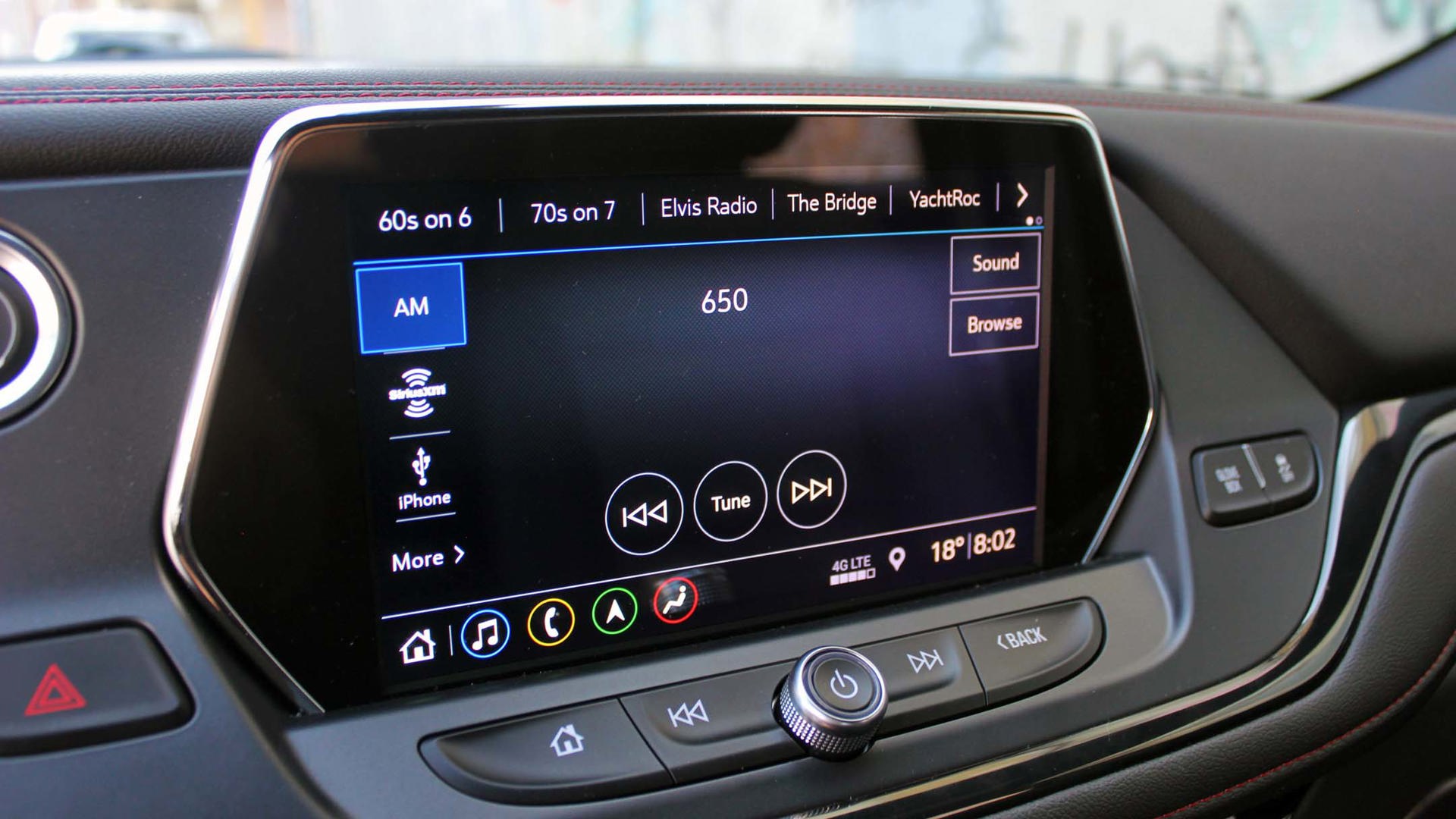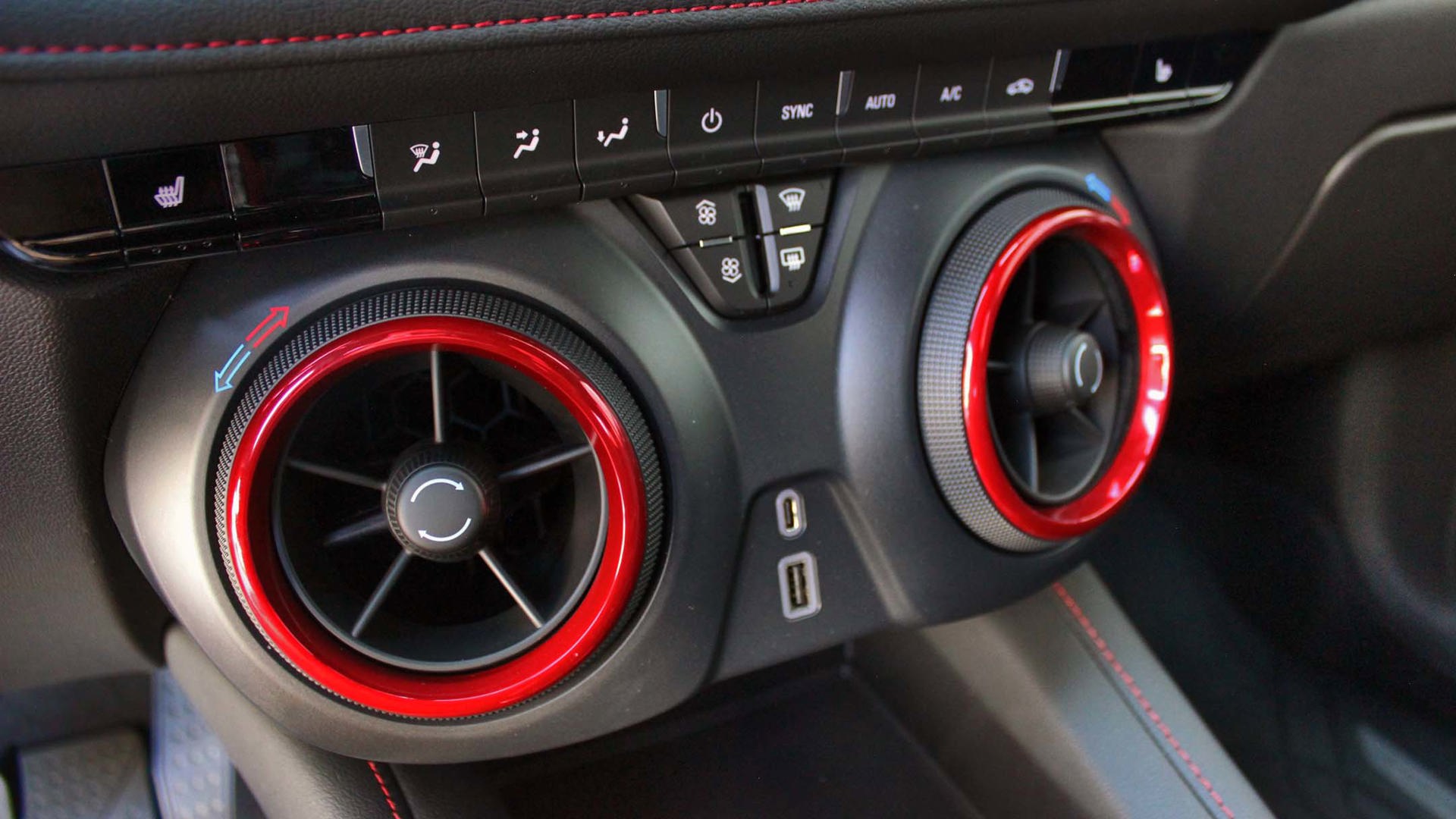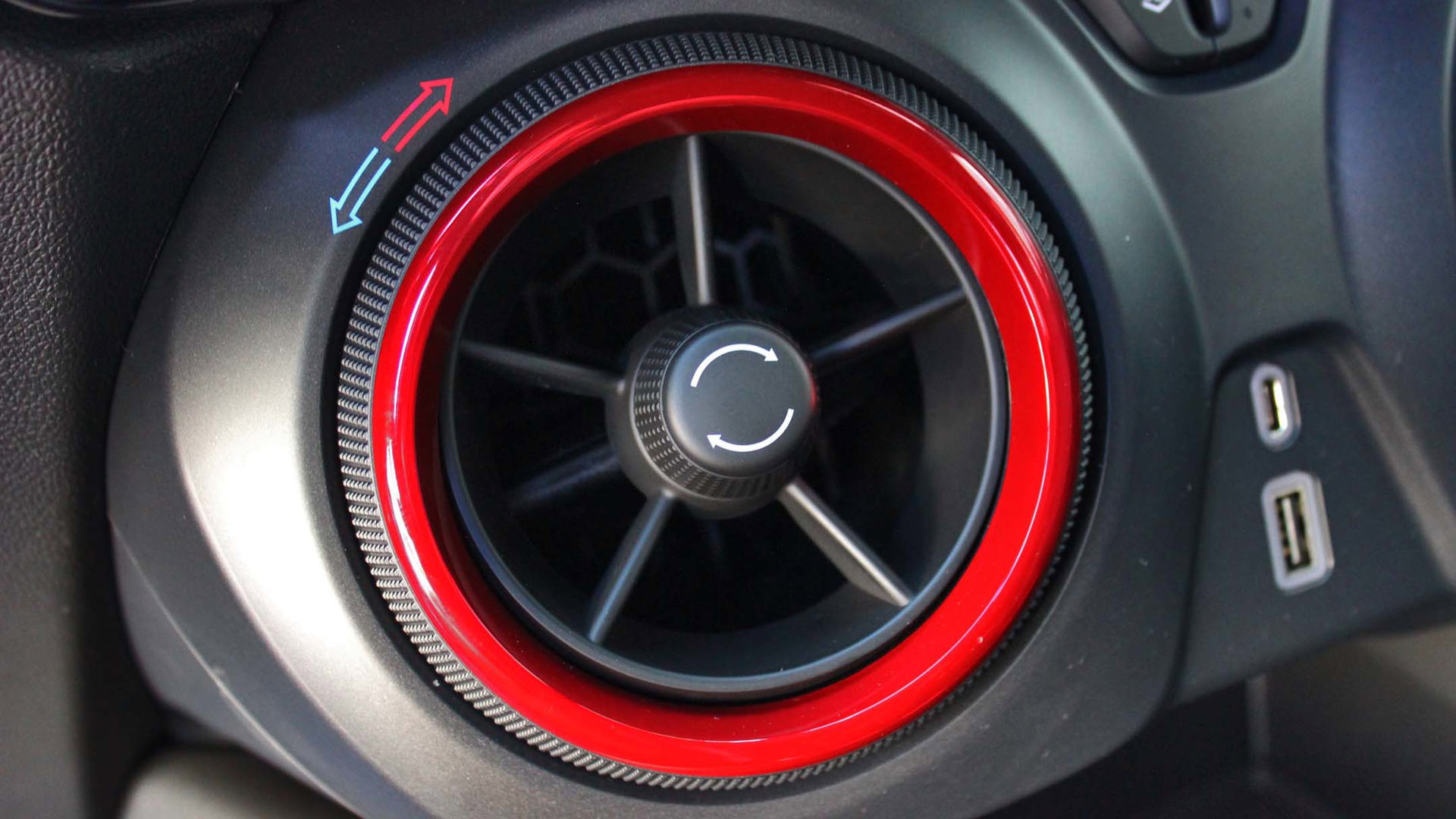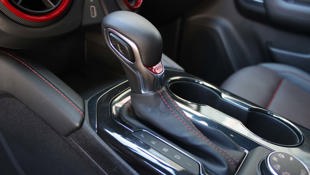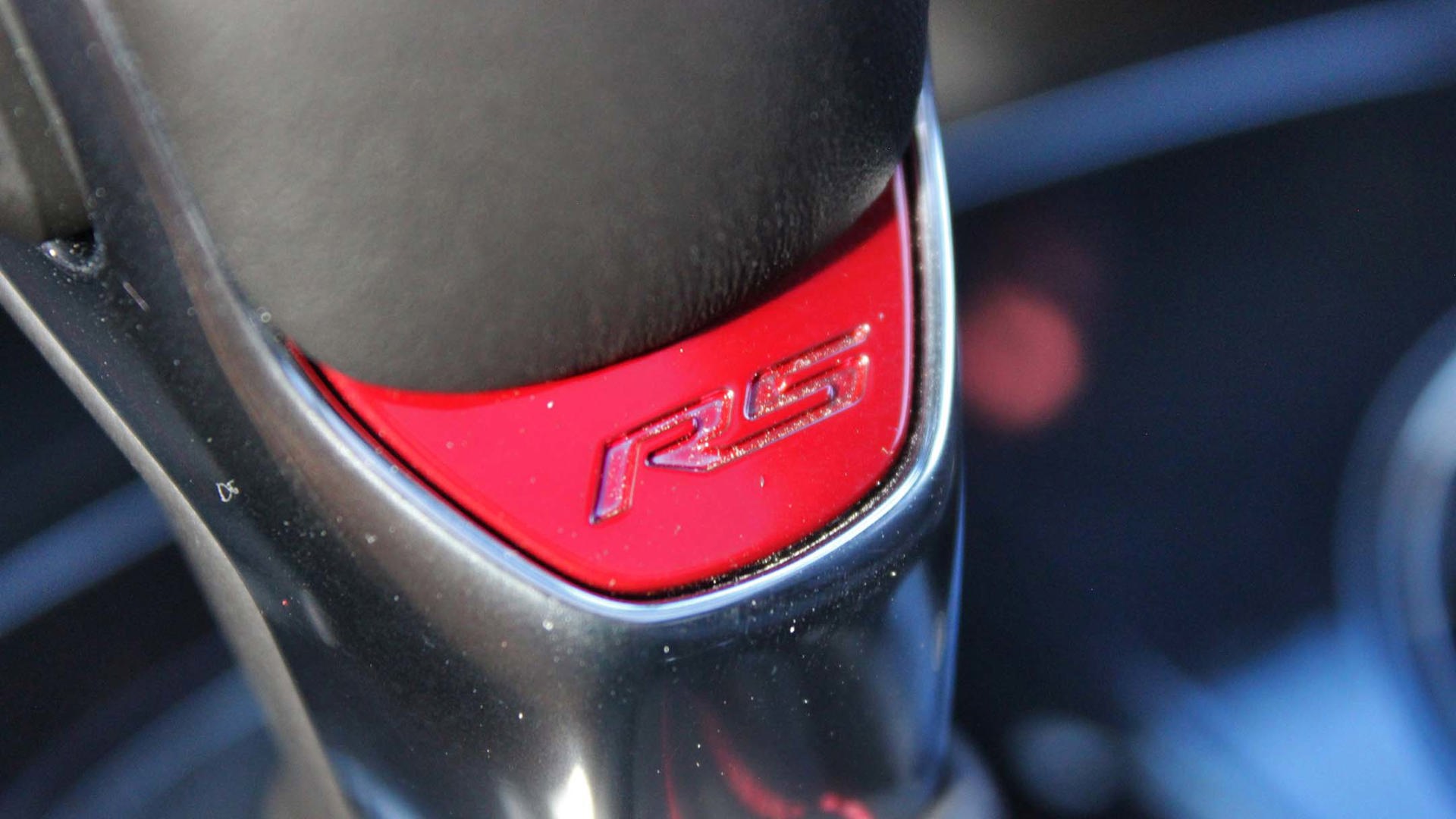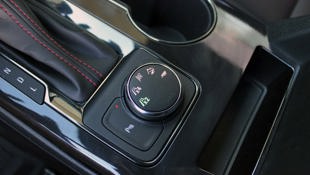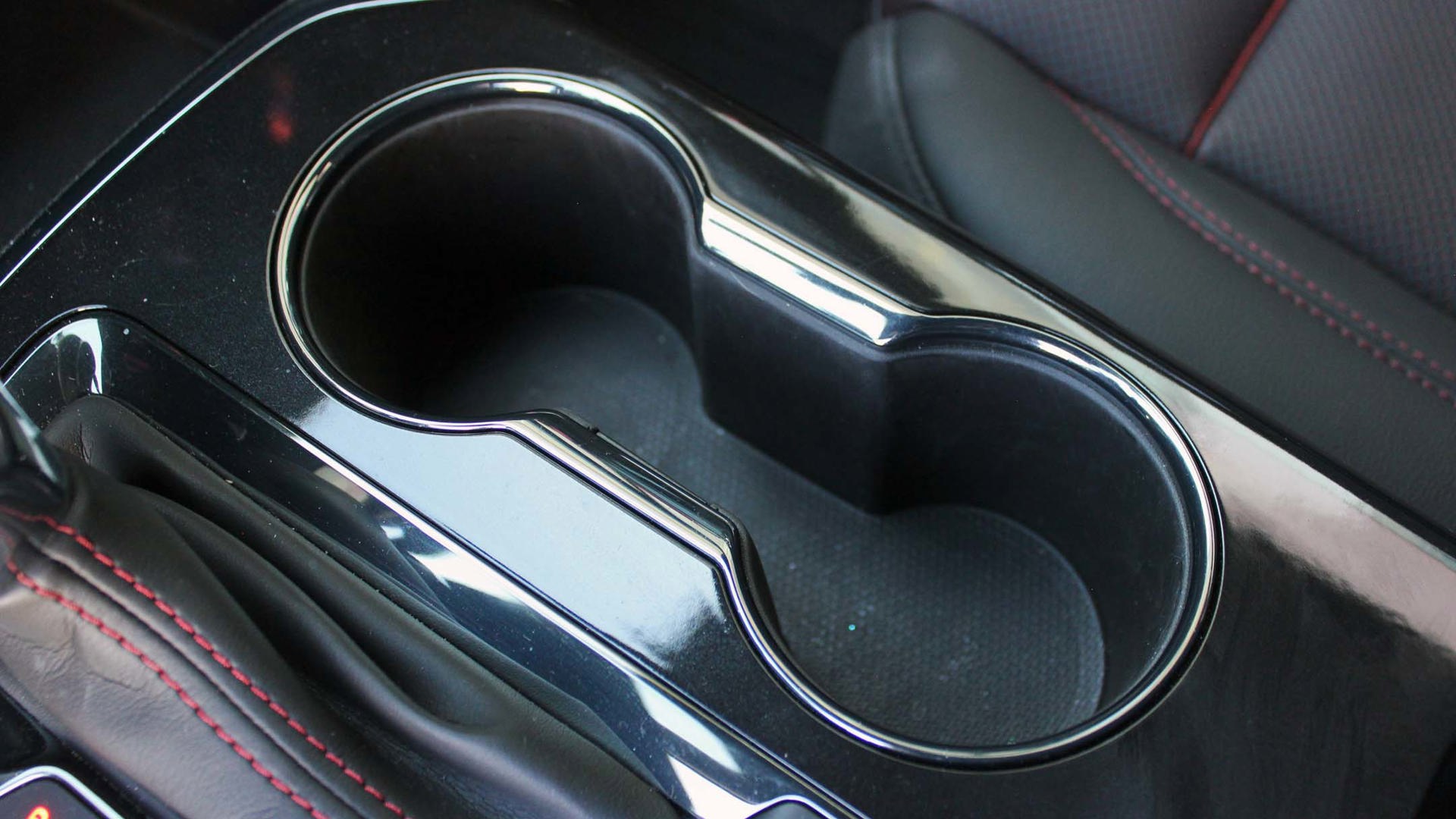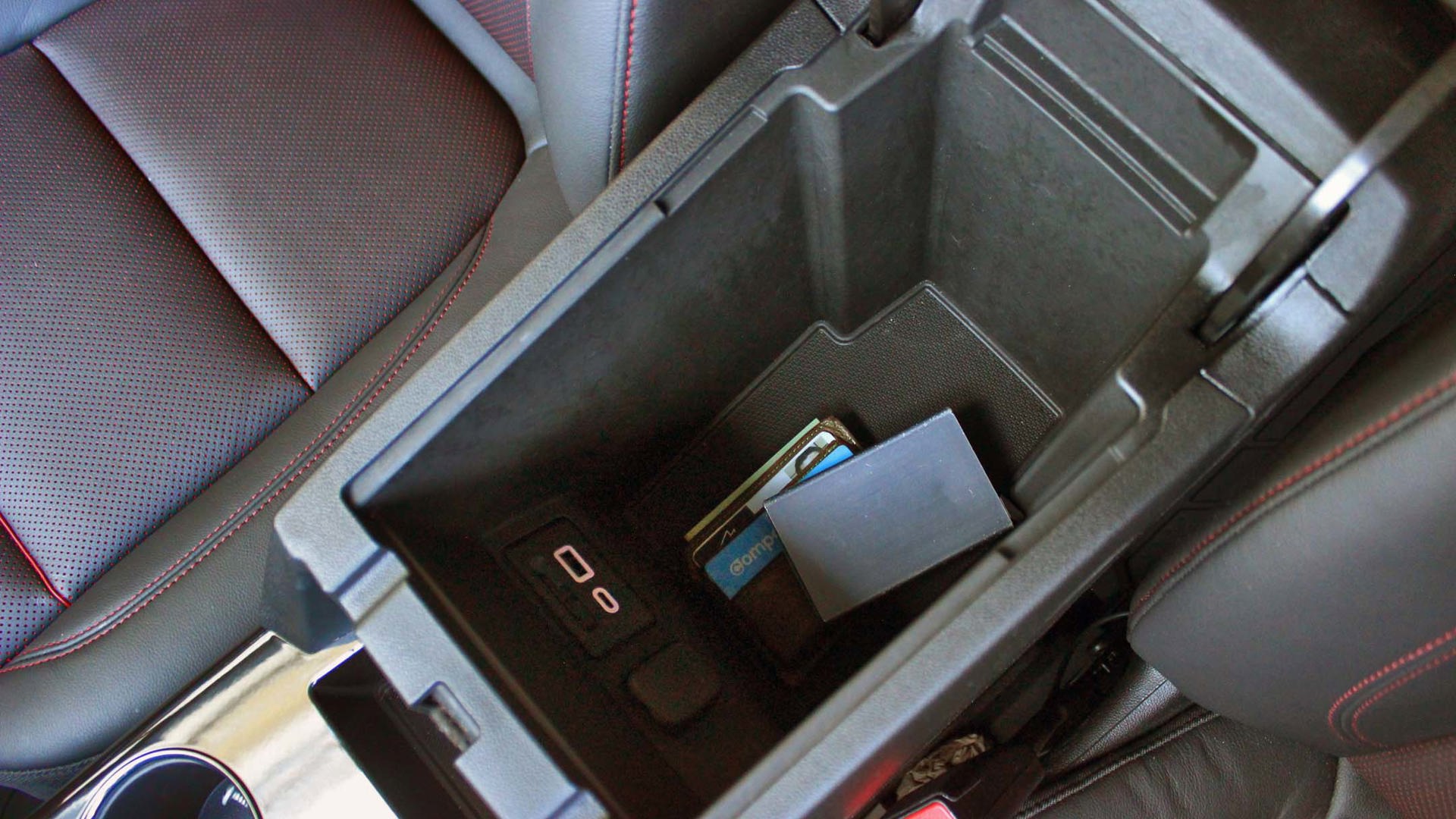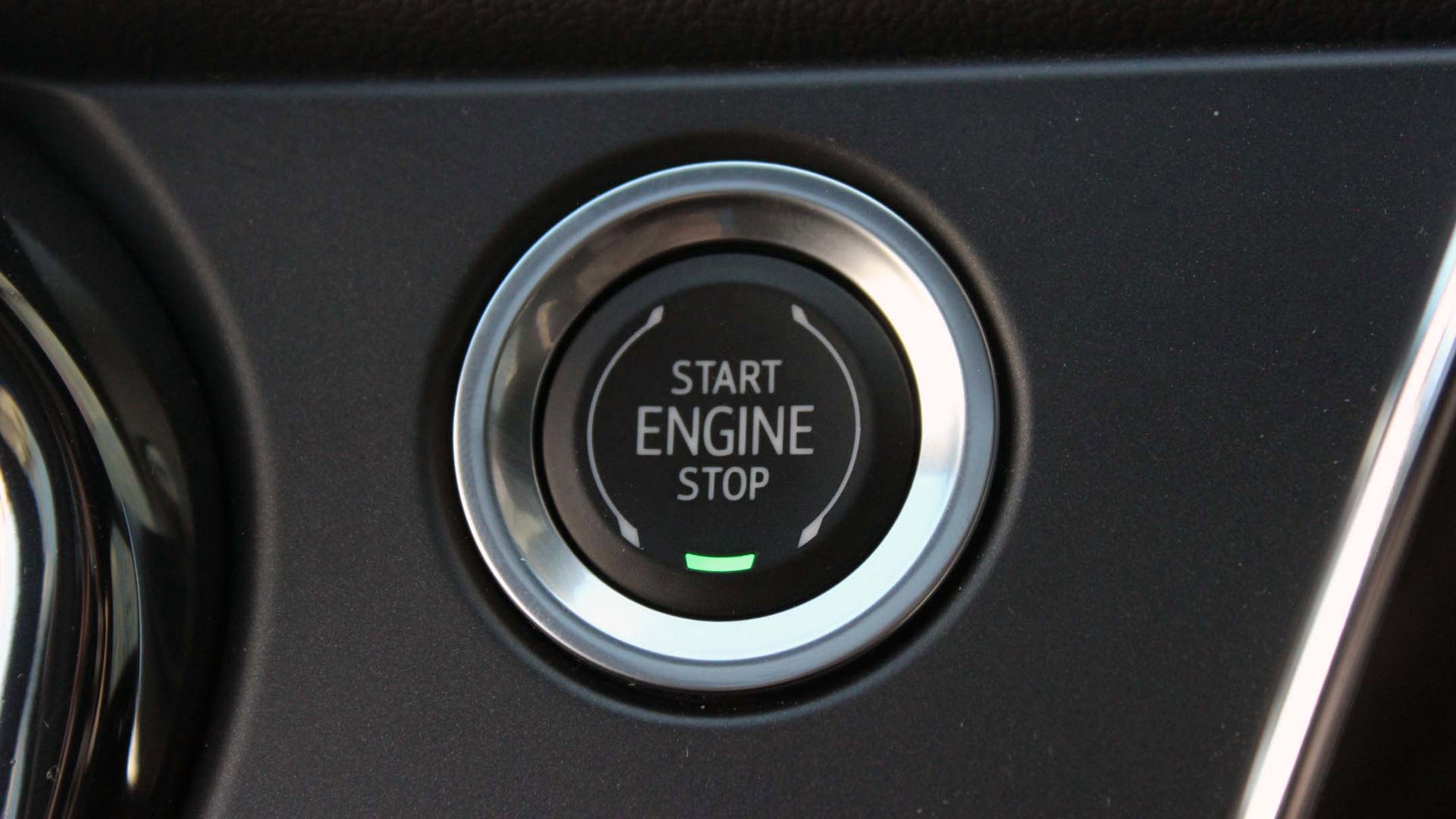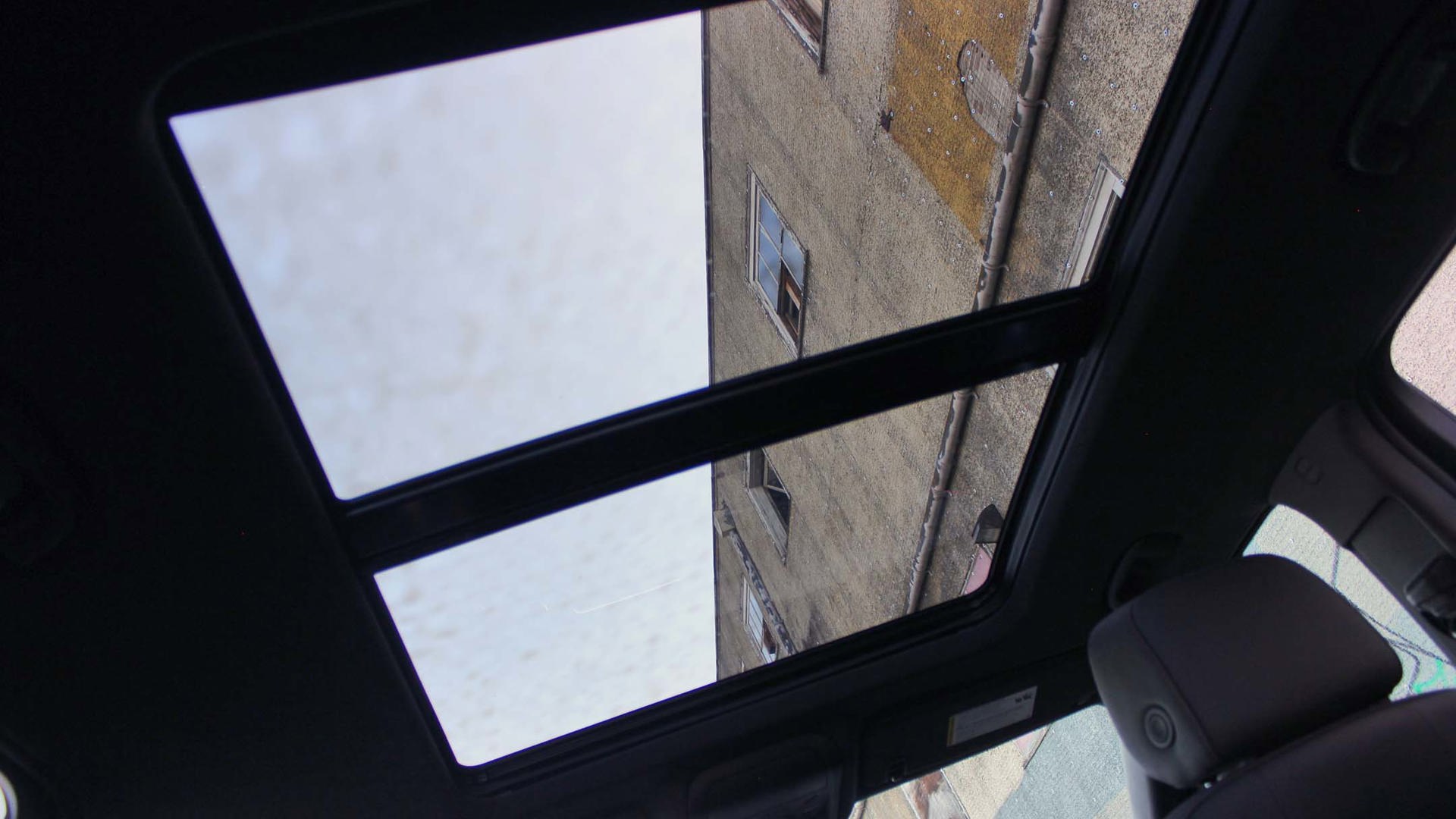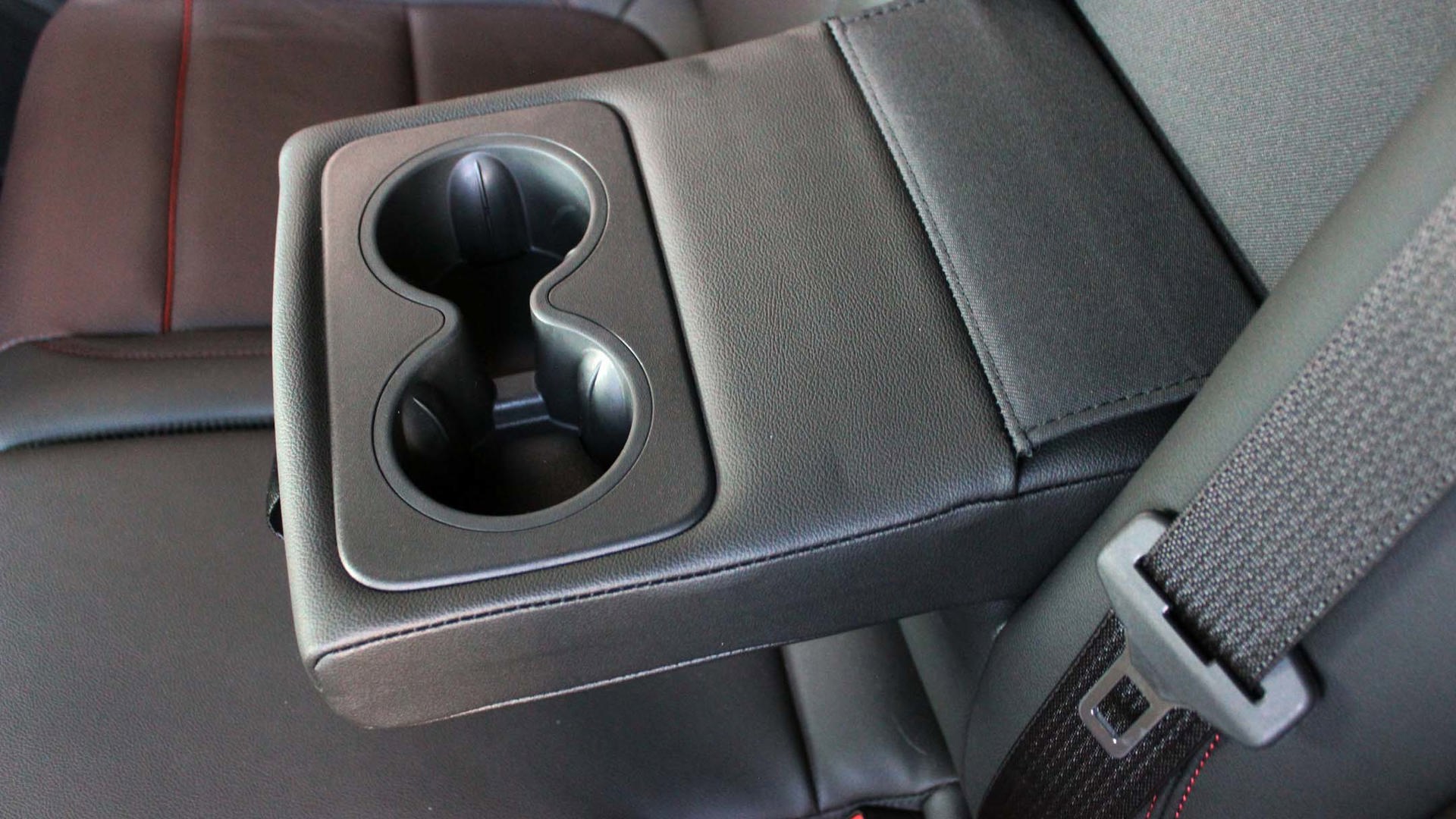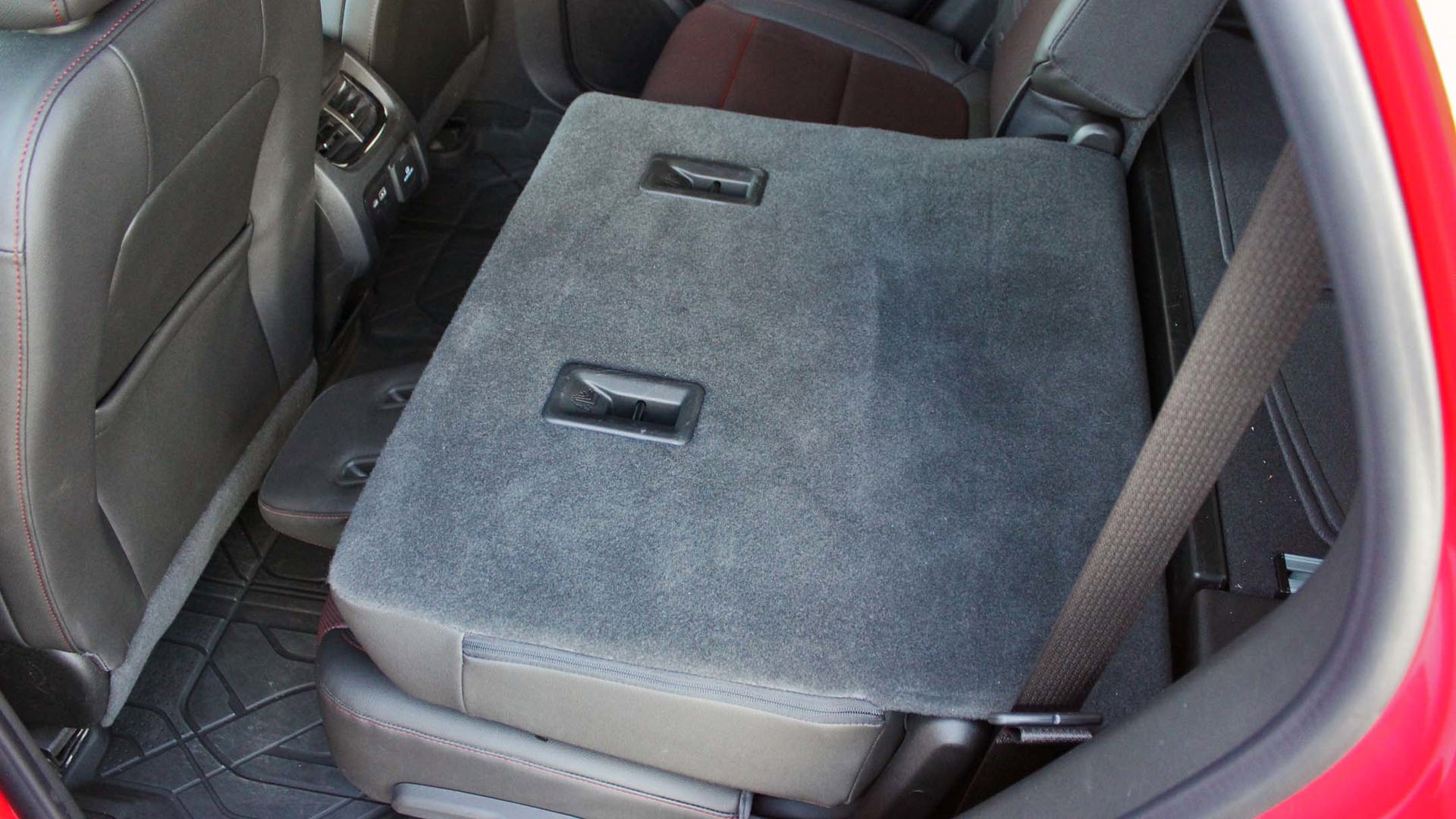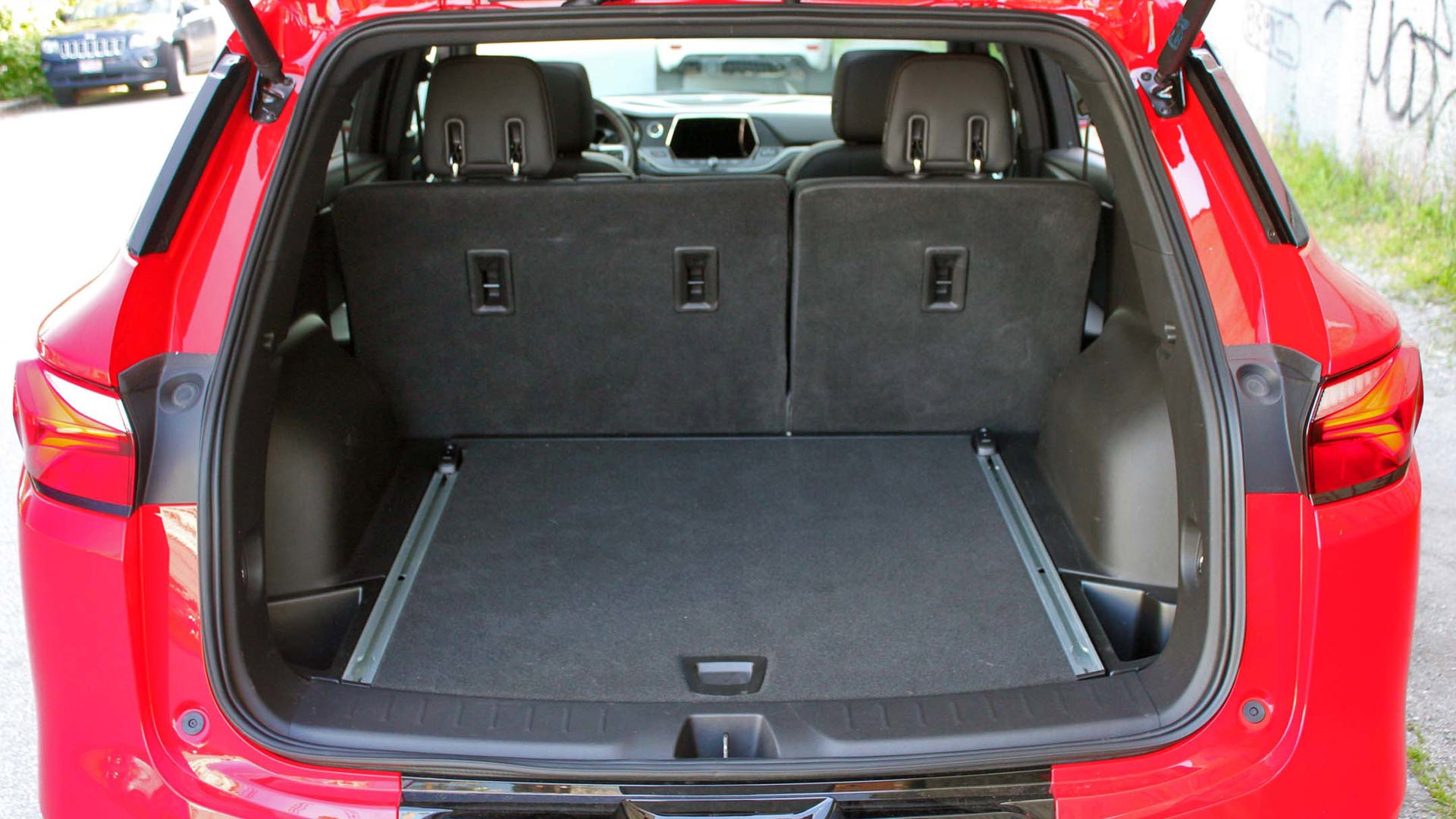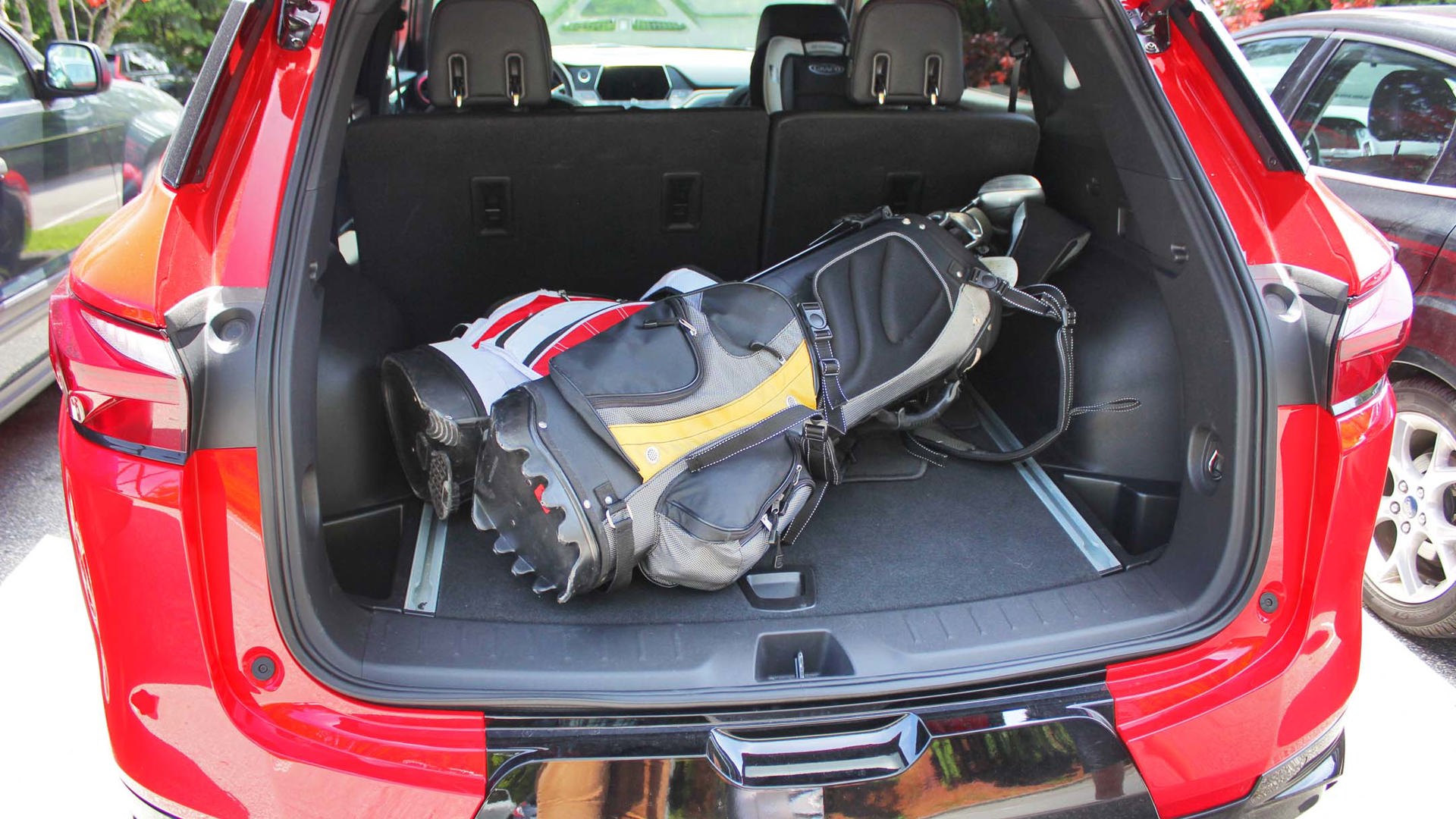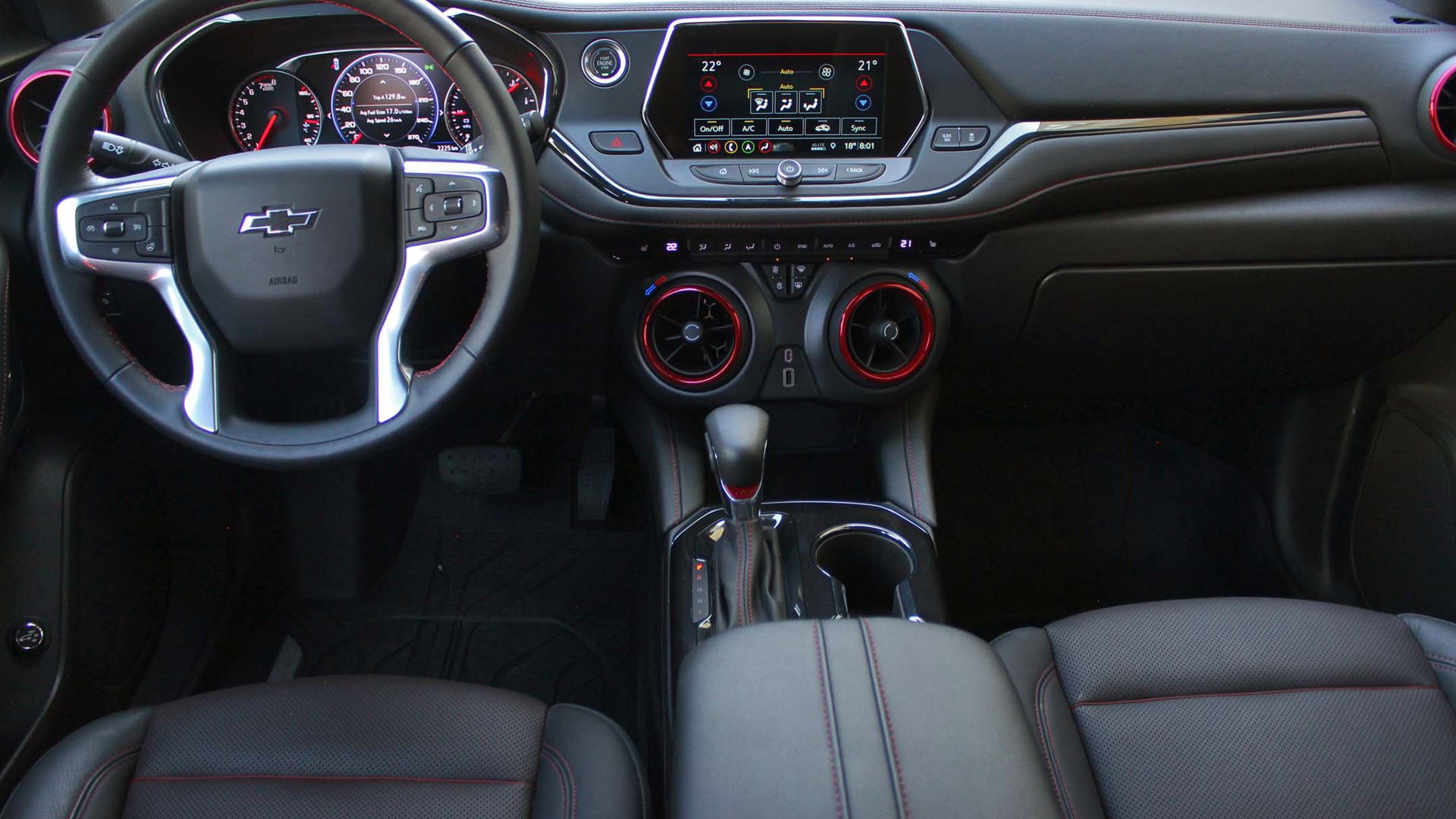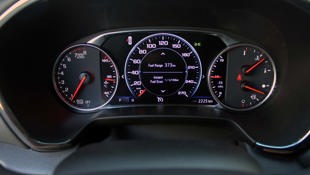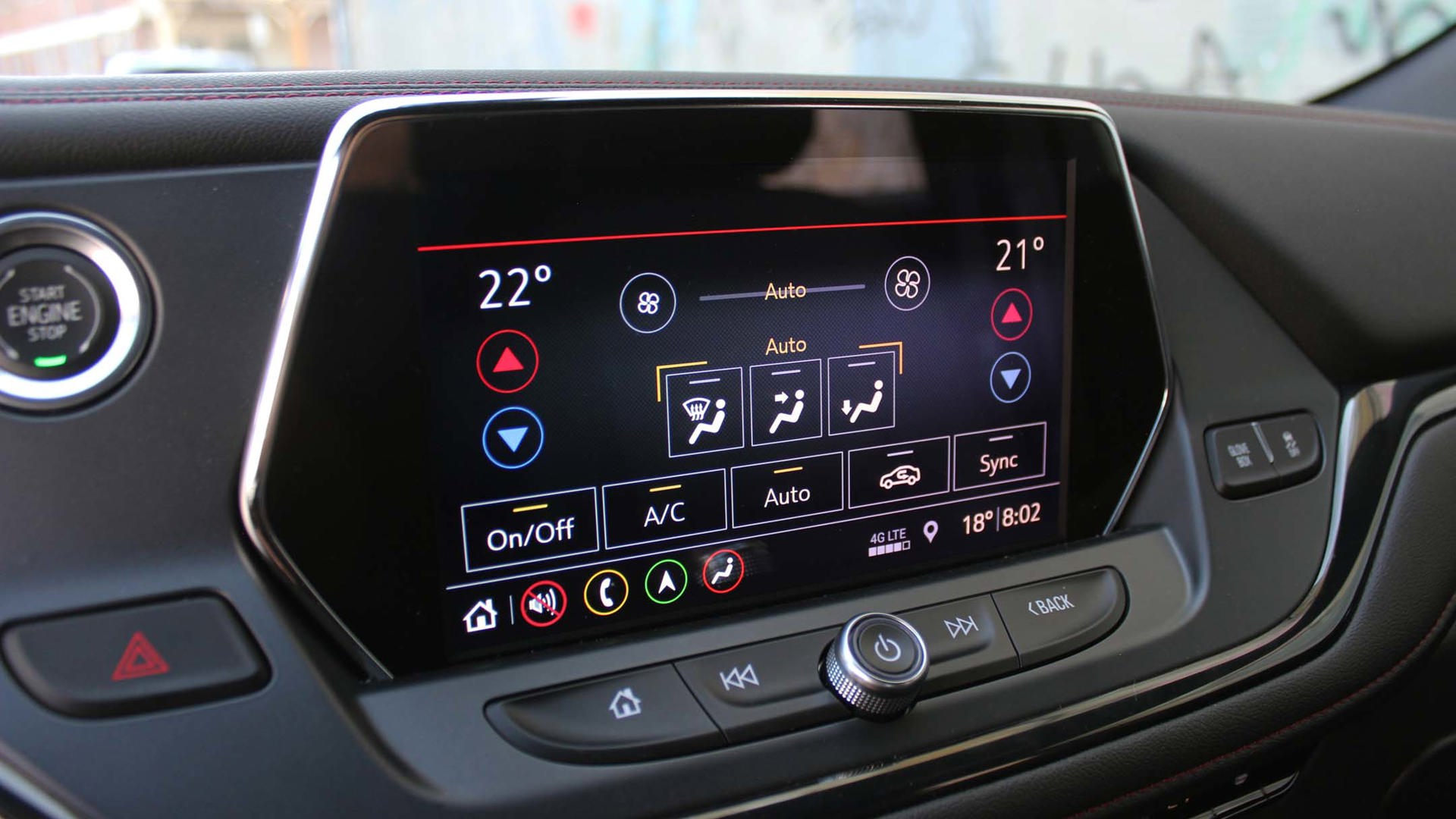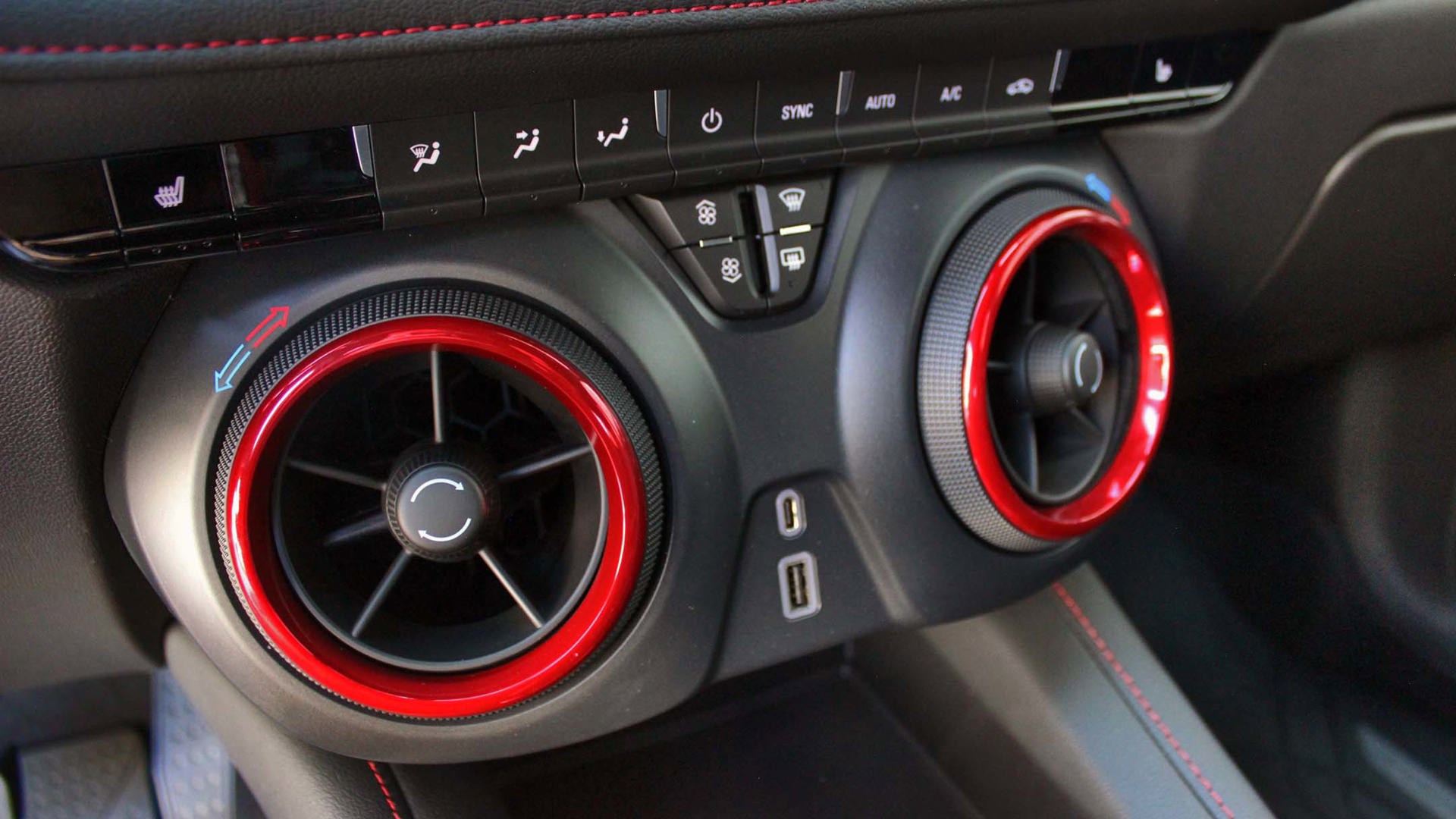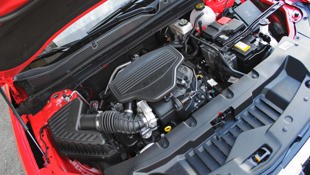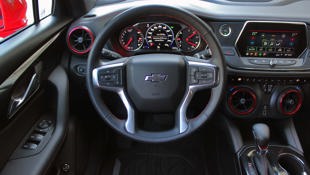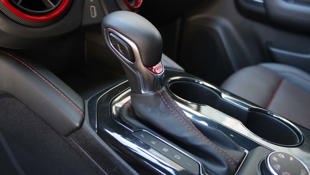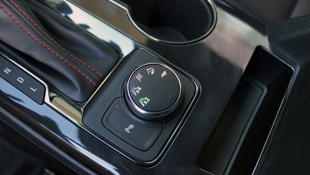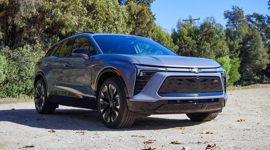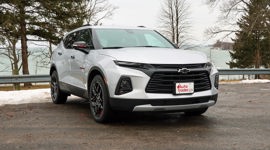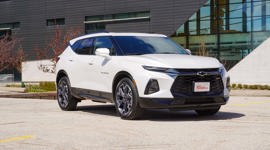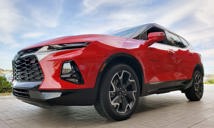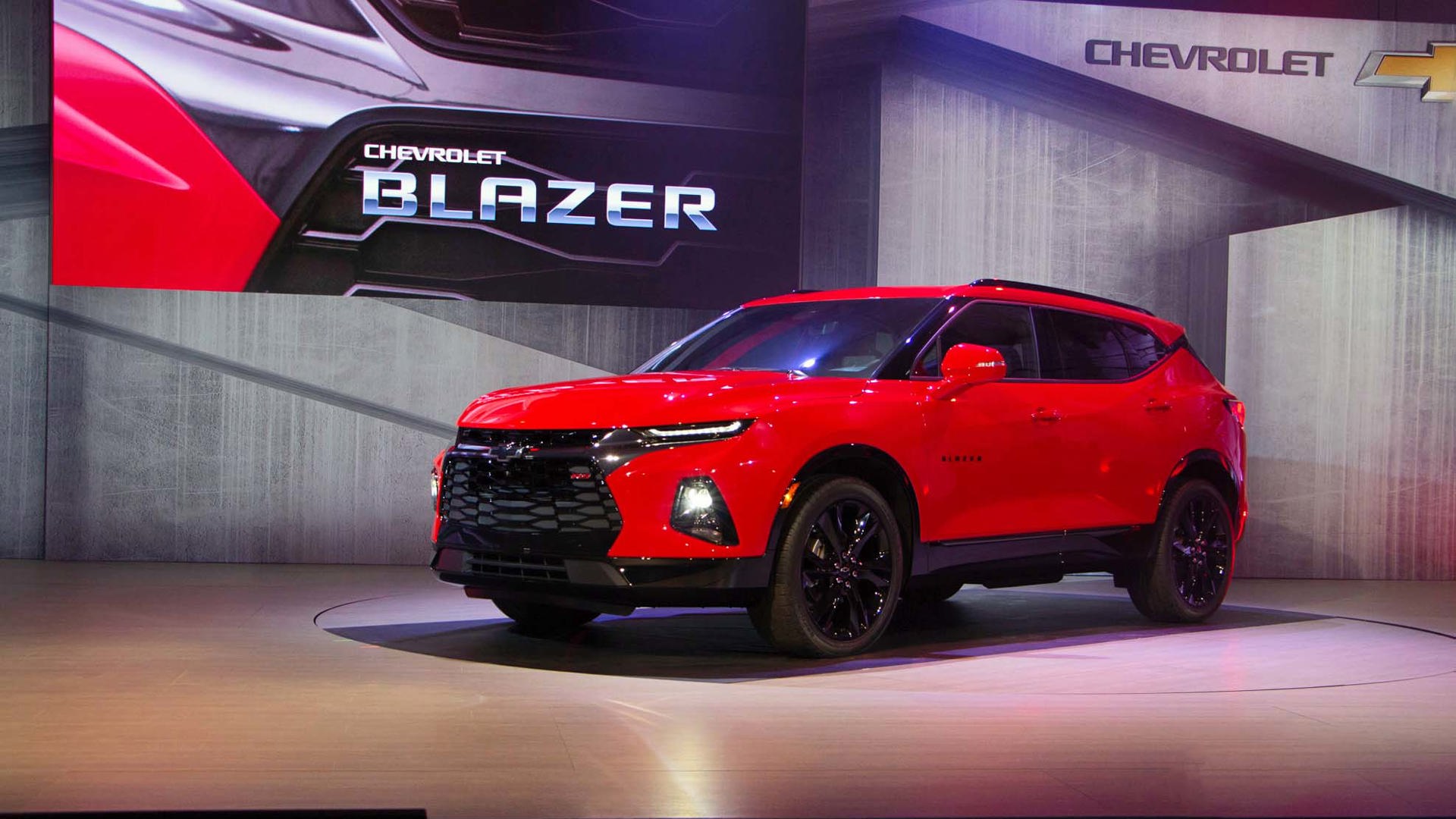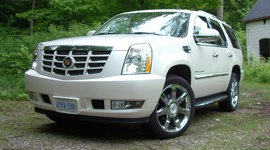 AutoTrader SCORE
AutoTrader SCORE
-
STYLING9/10
-
Safety8/10
-
PRACTICALITY8/10
-
USER-FRIENDLINESS8/10
-
FEATURES7/10
-
POWER7/10
-
COMFORT9/10
-
DRIVING FEEL6/10
-
FUEL ECONOMY6/10
-
VALUE7/10
After what seems like eons but what’s only been about 15 years, Chevrolet has brought back the Blazer name, to this day one of the most-beloved originators of the SUV segment. Not only have they brought back the Blazer, but they’ve kind of beaten Ford to the punch: the Blue Oval has been talking up the return of the Bronco – one of the original K5 Blazer’s main competitors – for quite some time now, but we’ve yet to actually see what it’s going to look like.
Turned heads everywhere I went, both for its styling and the fact it says “Blazer” on the side.
Meanwhile, not only has Chevrolet revealed the new Blazer – they’ve already brought it to market.
Styling: 9/10
That style rating should come with a bit of an asterisk as what you see here is the RS version, which brings with it all sorts of imposing features and colours that distance it from more standard fare like the Blazer 3.6L or True North versions.
However, that shouldn’t take away from the fact that the Blazer RS is one of the most – if not the most – head-turning offerings in the mid-size CUV game. So much so that it turned heads everywhere I went, both for its styling and the fact it says “Blazer” on the side, which is a nameplate that many remember fondly.
The blacked out 21-inch wheels, razor-sharp DRL lenses (they sit atop the hood, pre-facelift Jeep Cherokee style; the headlights are below), blocky front end that’s all blacked-out grilles and LEDs, and edgy styling throughout doesn’t look like it belongs on a CUV. It looks like it belongs on something else. Something lower, sleeker, maybe a little more scowly, a bit more serious: something like a Camaro. Which, of course, makes perfect sense when you consider that the Camaro is the only other model in the lineup that gets RS designation.
I’m honest when I say that the only real issue I had with the styling is that the rear end looks a little too much like other SUVs and CUVs in the Chevrolet’s lineup, namely the Traverse with which the Blazer shares a platform. I think it would have been cool to see a pair of LED roundel taillights, or at least a quasi-roundel look like the current Camaro has. Or, move to the other end of the spectrum and get something more squared; what we have currently is a little too par for the course in this application.
Inside, it’s a little more tame, but they’ve gussied it up with neat-o stuff like red, matte-aluminum vent roundels, a digital gauge cluster, and contrast red stitching on the seats. Would I have preferred some deep-set analogue gauges that fit better with the Camaro-as-crossover vibe? Maybe, but there are a pair of traditional gauges either side of the digital display.
Features: 7.5/10
Being second from top in the Blazer’s Canadian lineup, the RS comes equipped with an 8-inch infotainment display with Apple CarPlay and Android Auto, four USB ports (2 type-A, two type-C), 4G LTE Wi-Fi hotspot, six-speaker audio, active noise cancellation, power and heated driver and passenger seats, dual-zone climate control, and more. On the surface, the features that most drivers are likely to use are all here, though a couple of shortcomings – no ventilated front seats, no heated rear seats, no memory seats, and no wireless charging as standard – put a stain on what is otherwise a pretty complete package.
I’d also like a couple of more speakers, which you can get – as well as memory seats, video rear-view mirror, adaptive cruise control, wireless charging, heated rear seats, and more – as part of the $4,395 RS Plus Package.
User Friendliness: 8.5/10
There’s a cool projection of the classic bowtie logo at the rear of the car that lights up as soon as you approach with the keyfob on you. We’ve seen stuff like this before, but the reason I’m discussing it in the “user friendliness” section is because it actually serves a purpose: it’s a perfect target for where to place your foot to activate the hands-free tailgate. This way, you don’t have to spend minutes Irish dancing around the back of your car. Worked every time for me.
The latest version of Chevrolet’s MyLink infotainment, meanwhile, is the best-looking yet, with crisp graphics, a quick-responding touchscreen and intuitive layout. The back-up camera follows suit, though my car didn’t have the surround-view option. The only puzzle comes in the form of the dual-zone automatic climate control: you spin the red bezel around the vents to change the temperature – very cool, if a little tough to figure out at first.
Practicality: 8.5/10
I was genuinely surprised by just how much there was in the Blazer; indeed, it sits in a segment that’s not hugely populated – think Ford Edge, Nissan Murano, Honda Passport, and a small handful of others – so I guess I wasn’t really sure what to suspect. Indeed, as soon as I slotted in my rear-facing child seat and realized that there was still plenty of legroom for me and my 6'3" frame up front (and room for more, if I wanted), I found that the Blazer is bigger inside than meets the eye.
The back seat is roomy, too, with ample headroom even with my tester’s optional full-length moonroof. Given that the Blazer offers an optional third row, the spaciousness perhaps comes as no surprise. I had little trouble fitting two golf bags back there, or a stroller. There’s precious little underfloor storage in the back which is a bit of a shame, but it’s hard to complain too much about that.
Comfort: 9/10
Despite the aggressive styling of the RS trim, the interior is designed first and foremost for comfort. The roominess of interior almost invites you to take passengers along for the ride. Should they join you, they’ll find plush seats and impeccable road manners – for a SUV. But more on this later.
The one thing I did have a little trouble with – this may seem minor, but it really started to grate after a while – was the stitching on the front centre armrest. It looks cool and all, but there are two seams on there and they really started to irritate my elbow. A nitpick? Maybe – and the issue would be reduced with long sleeves – but it did get to me.
Power: 7.5/10
The RS comes standard with the more powerful of the two engines the Blazer gets – it’s a 3.6L V6, good for 308 hp and 270 lb-ft of torque; the other offering is a 2.5L naturally aspirated four-cylinder engine good for 193 hp and 188 lb-ft. The V6 makes more than either the Passport or Murano, and is beaten only by the Edge ST and the various V8-powered Grand Cherokees in the segment.
Being a big, naturally aspirated engine, power gets released smoothly, with peak torque arriving at 5,000 rpm and peak power coming at 6,600 rpm. It feels a little heavy when it comes to initial throttle tip-in, but as you start to get going it’s easy to keep it in the powerband, ensuring that there’s always power on tap for high-speed passes and the like.
Power is transmitted to all four wheels (or two, if you’re looking to save fuel) through a nine-speed automatic and there are various drive modes – including a Sport mode – to choose from. We spent most of our time in 2WD, going to Sport when we were feeling a little more sprightly for some quicker throttle response and more aggressive transmission mapping.
Driving Feel: 6/10
While the Blazer may look like a Camaro and even share its engine with it, I’m not going to stand here and say that the handling is in “Camaro-as-CUV” territory. Turn-in is a little on the slow side, and body roll is present enough that you’re never going to be fooled into thinking that you’re in anything but a high-riding CUV. I wouldn’t say it’s B-road blaster, but it does have the ride to give it proper family-hauler credentials even with the big 21-inch wheels.
Which is all fine and dandy, but I like the rest of the Blazer package so much – the looks, the engine, the general vibe – that I had higher hopes for the handling. I guess Camaro-inspired or not, the Blazer will be used as so much of its ilk is – moving the family in comfort – and they were never going to stiffen up the dampers too much, never make the steering input so sensitive that it would be classified as too nervous for everyday work.
Safety: 7/10
In the RS, all the stuff that you’d think should be part of the package at this price level is here – rear-view camera (upgradeable to a 360-degree version), rear park assist with audible warning, lane-change alert and blind spot alert are all present, and joined here by a rear seat alert that ensures you look back there once you park. I was, however, sad to see that it was missing a few things, the main one being no adaptive cruise. I assumed that considering the $50,000 price tag, I’d have this but alas it comes as part that same RS Plus Package mentioned earlier.
Fuel Economy: 6.5/10
Well, it is a V6 so the 15.2 L/100 km we saw throughout our mix of city and highway driving isn’t horrible, but it won’t blow anyone away, either. You do have to wonder if the addition of GM’s four-cylinder turbo engine – as seen in the Camaro and some other CUVs – may do well here.
Value: 7/10
With a single $2,795 option package, our RS tester came in at $51,090 after taxes, so dropping that package (costing you the moonroof and black wheels) would get you a hair below the 50-grand mark, which, for me, is a little easier to swallow. After all, 50-grand-plus is no small cash outlay for a non-luxury two-row crossover, but at the same time, so many other parts of the Blazer package do well to separate it from the rest of the pack. Another option is to consider swapping the big wheels and moonroof for the RS Plus package as there’s more value to be found there and while you lose that moonroof, you still get 20-inch wheels at base that look the part, as well as the other features the more expensive package adds.
Conclusion
When it’s all said and done, however, the Blazer surprised me in a very good way. That’s always nice when it comes to cars, and especially CUVs and SUVs that don’t have a lot of wiggle room styling-wise or performance-wise because making them comfortable and feature-rich are so important for buyers. Chevrolet has managed to turn the trick with the Blazer, however, and done justice to a legendary name in the process.
Your move, Ford.
| Engine Displacement | 3.6L |
|---|---|
| Engine Cylinders | V6 |
| Peak Horsepower | 308 hp @ 6,600 rpm |
| Peak Torque | 270 lb-ft @ 5,000 rpm |
| Fuel Economy | 12.7/9.5/11.3 L/100 km cty/hwy/cmb |
| Cargo Space | 864 / 1,818 L seats down |
| Model Tested | 2019 Chevrolet Blazer RS |
| Base Price | $46,300 |
| A/C Tax | $100 |
| Destination Fee | $1,895 |
| Price as Tested | $51,090 |
|
Optional Equipment
$2,795 – Sun and Wheels Package (21-inch Gloss Black wheels, panoramic power sunroof) $2,795
|
|
